Today we had all the birds out in the yard running around, getting what ever they could find. We especially like watching the peacocks in the yard. They are just different. So we opened the door and one of the males was in full strut right next to the front door. It was all we could do to get the camera and get out to take a picture. One of the hens is right there in front of him, but I don’t think he was strutting for her. The dog came by several times and it didn’t seem to affect him at all.
There are three pictures here. The first is a side shot from the porch. You can see the wings held down and how the tail is completely vertical. Also notice the colors in the last feathers on the wings and the nice contrast of the blue on the head and neck with the rest of his body. He has some really nice form, and he isn’t even a year old yet. In the next picture, I went into the yard and got in front of him so I could get a frontal shot. In the last picture he only has the tail half raised.
And now a minute to explain the “tails” on peacocks that everyone loves so much. What we are looking at in these pictures in the actual “tail”. They are the hard feathers that he controls, and they are used to raise the “train” of colorful feathers. These are what people associate with tail, but are in reality just large coverts that get raised by the tail. And these are shed in the fall and regrown each winter. They usually start growing these at 2 years of age and by 3-4 years have reached their full length.
The baby chicks are doing good. I think we have about 32 of them, if I counted right. We had 33 this morning but then I found one of them dead. Not sure what happened.
Today we cleaned out the brooder some, picked up all the paper towels we had laid down and just put some under the feeders. I think the chicks are big enough to walk on just the wire mesh. The first pictures are before we changed paper, and the last one was the only decent picture of after the change. I think there are 6 red chicks and 32 black ones.
Notice the wing feathers in the middle picture. And they are onl
We come home and mom and the puppies are sleeping the laundry room and this is what we see. We get the camera and before we can take a second picture they are all up and headed our way. If you really look in the first picture you can count all 10 puppies. The second picture also gives you a better idea of the differences in the pups, their appearance and size and such. The third picture is of them crowded around my feet, for what ever reason. We are still working on not biting pant legs and getting under feet. This is just most of the pups crashed in the corner of the kitchen in front of the stove. They think they want to chew on the stove, or the dish washer or what ever they can find. And when we prep their food, putting it in a dish with water and let it soak, they always seem to know where it is and stand next to that part of the counter and whine.
In the next picture you can see most of them up on the board blocking off the dining room from the kitchen. And again the one pup tried to crawl over the board. One of the big white males likes to push the water dish around. Every now and then we can hear him pushing it around. Then we caught him carrying one of the bowls around. Took it into the laundry room to his bed I guess. It is too small for 10 puppies so we don’t really use it. But he sure has a great time playing with it.
The last 2 pictures are just of pups sleeping in odd places. The first one is just in a corner, the second one is on the scales in the kitchen. Funny thing is at first it was all alone, then another one came and got up there, then a third. Think there are 4 pups in this picture, and then some of them went away and the last 2 pups went to sleep. Ok, lots of people have been asking and we have been wondering who and what “Dad” is. Truth is, we aren’t sure and may never know for sure. But this is what we have been able to observe and think.
Several of the pups are almost solid white and look very much like a pure bred Pyrenees. So they got the best of the deal. Some of the others have a reddish tan to them. They all have a similar white spot on the forehead and some have a white stripe behind the head. Some of them have red paws, some black and some with a black toe and red toe on the same foot. Most have the characteristic black around the eyes and ears, but one has what looks like a pink eye. The skin around it simply has no pigment in it.
Originally some one suggested that dad might be a tic hound, but in looking at pictures of dogs with similar markings to the pups, they appear similar to red healer. Now I’m not certain, but there are similarities. Also, we found that not all Great Pyrenees are solid white I had had assumed. Some of them have “Badger” markings that are similar to what we have, and the puppies generally grow out of it, leaving a white coat with only pigmented skin underneath. But those marking are much darker than what we have. We think we can see some facial differences from what a Pyrenees should be, but unable to tell if it is more like a healer or not.
But this much we are certain of: These will be some great dogs when they grow up if theyare trained right.
Ok, I’m trying to keep up the site and mostly share info about the puppies so all of you that are interested in them can follow along. Our life has been pretty full and keeping up with them is a real challenge.
They are great big fur balls now. None of them are runts or skinny, although a couple of the all white boys are bigger than the rest. They live in the laundry room for most of the day, and when we come home they get the run of the kitchen, too. And they have started running around under our feet, and trying to bite or chew on shoes and pant legs. While on the one hand it is cute, we know that this behavior in adult dogs is unacceptable, so we are going to try to eliminate it, and any others we come up against.
On Tuesday we left the door to the laundry room open so they could get into the kitchen also, and put up a child’s gate type thing over the board in the walkway leading out to the dining room. Didn’t think the pups could get over it, and didn’t think Marshmallow would try to knock it down or get out. Came home and all was well, the mess was just spread over a larger area. And after wee took the gate part down to let mom out, one of the pups pulled himself up and over the board into the dining room. After we put him back, he tried several more times but never succeeded. This gave the pups a lot more room to play around in and might have given mom a chance to get away from them some.
So Wednesday when we left for work we set things up the same way. When we came home we kind of expected the same results. Not. Marshmallow had knocked the gate down enough to get out into the dining room at some time during the day. We could smell poop as soon as we came in, but couldn’t find it. She had eaten the food we had set out to soak for the puppies and that’s why she needed to go to the bathroom. We found it in our son’s room, in the middle of his train track set up. Fortunately, not actually on the tracks. I could tell from the water lever in our toilet that she had also been drinking out of it. And you know, at some point I remember thinking we should close the doors to the other rooms just in case she gets out. Good thinking, too bad I didn’t do anything about it.
Our son Gavin has taken it upon himself to be the “puppy sitter” for them. We come home and he heads for the puppies. Has to make sure they get something to eat and are taken care of and spends hours sitting in there with them around him. As you can tell from some of the pictures. Think it is good for both the puppies and him. These pups will definitely be comfortable with human contact.
And for right now, the puppies are only being fed once a day, in the evening, when we can clean up after them. They are eager to eat and so it is just a matter of time before they are eating enough to get by on their own. And mom does not spend her entire day nursing them any more either. There is no real way to determine how much milk each pup is still getting, but think they are doing fine developmentally and are on track for weaning in the next couple of weeks. We haven’t set a timeline or anything like that yet, but we are thinking about it. As for other things, we have decided that we are NOT getting any of the pups fixed before they are picked up. There seems to be a controversy over the minimum age you can do this at, and you’ll just have to talk to your vet. It can be done at a very early age, if your vet is WILLING to do it. We plan to have ours fixed as soon as possible. We are looking into getting them their shots and wormed. Again, we haven’t made any commitments, but it will cost about $25 for them to get their first set of shots and be wormed once. This is something that has to be all or nothing: they all get shots and wormed or none of them get wormed. So not this weekend but the next when they turn 6 weeks old we will give the shots and then figure out a time to worm them when either we are here to clean up after them, or even better when the weather is good enough for them to spend some time outside. So the “free” puppy now costs $25.
Ok, so this is the pup climbing over the board. Jeanne didn’t think she was going to get the camera in time to get the shot. The motivation is mom in the background eating her dinner. This is also one of the biggest pups. I watched him and he is able to stand on his hind legs and lay his chin across the board. In these pictures you can see him almost over the board and standing there with the others. Now I measured this board and it is 15 and a half inches from the floor to the top. The pups are really growing, and especially after they eat you can see what little chunks they have become.
I’ve been having problems with my computer and it locking up, plus I have to upload the pictures from Jeanne’s computer and then get back on and narrate them from my computer. So I’m trying to make it work. So if you see pictures, but no narration, I’ll get it up as soon as I can. I got busy last night after I uploaded the pics and didn’t get the narrate them until tonight. The exception is pictures I take with my cell phone. They are the smaller pics and I can get to them from my computer.
I took these pictures after they had filled their bellies for dinner, and worn themselves out and gone down for a nap. They are just so cute it is difficult to not a bunch of pictures and post them on here. And I have gotten better about not posting EVERY picture. I just want to share them with you. Plus, they each have started to show their own personalities, and we haven’t figured out yet if they are good or bad, right now what we are seeing is simple a difference in them.
The first picture is a panoramic shot of the laundry room. In the upper left is the dryer, the upper right is the washer and the shelf in between. The black board on the right is the desk top to a haven’t put together yet and it helps block the cold air from the back door. I’m standing in the door to the kitchen, of it really makes any difference. The spread on the floor is a twin size comforter they use. We have 2 of them we alternate with.
Notice that none of them are laying on top of each other, much less actually next to one another. Think that is unusual, but things change. As I began taking close up shots they moved some, so you will not find the pups in the second picture in the same position in the first one. The pup on the blanket with it belly toward the camera moved. In the third picture you can see how some lay all stretched out and others curl up in a ball. The forth picture is of the pup in front of the washing machine.
Now if you count the pups in the first picture, you will notice that there are only 9 pups in the laundry room. The fifth picture is of the last pup. She (it is a she) is in the kitchen curled up in front of the dishwasher. She interacts well with the others well enough, but she is also often alone when it is time for naps. Just one of the differences we see in them.
The pup in the last picture is in the laundry room, and it looks like it is walking in its sleep.
How about that? A post that isn’t about the puppies!
We wanted to increase our laying flock this summer and since it takes about 5-6 months from hatch to first lay, we felt we should start early. So the first week in January we purchased 3 dozen Barred Rock hatching eggs and combined with about a dozen of our green eggs and out them in the incubator. We also put some turkey eggs in as I think I posted earlier, but none of those developed.
I expected them to hatch on Wednesday 23, so over the weekend we got one of the brooders out of the storage trailer, cleaned it up and brought it in the house to warm up. This is the first brooder I built and it is also the largest. It is built around a box I picked up out of the waste bin at the local lumber shop. I think it is part of a pallet or something stuff is shipped in. I have several of them, most I use a raised beds in the garden. But for this one, using 2x2s I made a leg in each corner, and the cross braces. Then I put hardware cloth on the sides and bottoms. I also supported the bottom mesh with 1x2 cross braces. All together it is about two and half feet tall. The bottom is 6 inches off the floor, and the sides are 2 feet above that. The top is open, although I have since made covers to put on all of them.
This one is too wide to go through doors upright; we have to turn it on the side. So when I built the next two I made them a little narrower. I do like the room, but the restriction isn’t worth it. The next thing I need to do is fabricate some type of shelf under the mesh to catch all the droppings and such, similar to Yaco’s cage. That will make controlling and containing the mess a little easier. They aren’t too bad right now, but give them a few weeks growth and not only will we have to split them between two brooders, but they will be making quit the mess. The best part of the narrower ones is we can move them outside when the weather is nice and then bring them back in at night or when it rains.
The first picture is just looking down from the top when I put them in. You can see the feeders, the waterer and the light that is the heat source. The second pic is a side shot and you can see the screen and the base better. The mesh is all half inch, and we cover it with paper towels for the first week, then they can walk on it easily enough. You can also see the end of Marshmallow’s nose. The brooder is in the living room and on one of her trips outside or back in, she realized they were there and stopped to investigate. Interesting since these will soon be her charges outside, and the reason we got her, and are keeping a couple of the pups: To protect our animals from the wild and stray ones around here.
In the last two pics you can see her laying there. We especially like how she folded her legs under her. You can also see the top I build for it, but it is turned sideways on the brooder. OK, so the rest of the story.
I just got hired to work as an aid, or paraprofessional working with the Early Childhood Center. I asked if I could bring a couple to school and was told I could. So over the weekend I got another incubator ready and calibrated it as a hatcher. Then Monday morning I took 6 eggs, 3 brown and 3 green ones, put them in half an egg carton, wrapped it in a towel and put it on the floor by the heater outlet for the long drive to work. And when I got to school, one of the eggs had pipped the whole way and was kind of waiting for me to take the egg out of the carton so it could get out of the shell. To say the least I was surprised. Then one by one they began hatching. There were 4 chicks when I left and the night custodian said the fifth had hatched before she went home. The sixth egg never hatched, and 10 of them at home did not hatch either. The kids just loved watching them hatch and looking at the chicks and watching them. Today is Thursday and I brought them home and placed them in the brooder with the rest of the chicks.
At home, we had 10-12 hatch thru the day and by the next morning, all but the final 10 had not hatched. I left them in the hatcher, and will probably autopsy some of them this weekend and try to figure out what went wrong or how developed they were when they died. I’m positive they developed, so it’s a matter of when.
I’ve taken a curtain and wrapped around most of the brooder to keep heat in for the first several days. It is pretty open. And they seem to be doing great. Of the ones that did not hatch, 7 are the brown or Barred Rocks, and 4 are the green Easter Eggers. That is almost 81% for the Barred Rocks and 67% for the Easter Eggers. I hope for better hatch rates, but considering the weather outside when I collect my eggs, and everything else, those are acceptable numbers. If I can just keep up those kinds of numbers with the turkeys I’ll be so happy. Last year the percentages were horrible.
This weekend we are hoping to try our hand at vent sexing them and see how that turns out. Maybe finger nail polish on the toes or something to identify one sex. Then when they get big enough to confirm the sex, say about 12 weeks or so, we’ll harvest them males and put them in the freezer. I’m expecting a 50/50 split, so of the 40 chicks we have I’ll be happy with 20 hens. And that will make a serious increase in egg production. Hoping to get eggs sometime in July or early August. 23 July will be 6 months, and in summer time that should be about right for timing.
Almost forgot. When the children were leaving today and saying “Good Bye” to them, one of them said “Good Bye Chicken Nuggets” Funny the things kids say.
Ok, I uploaded these pictures the other day and now I'm getting around to labeling them and putting some info with them so they mean as much to others as they do to me.
We let the peacocks out over the weekend and they roam around the yard like everyone else. They only interact a little with the turkey and chickens, and the geese do not like them at all. So while we were eating breakfast they came up on the deck. I tried to take a picture thru the sliding glass door, but no luck. So I opened the door and finally got a picture. Then I stepped out onto the deck and got a couple more. All the peacocks were on the steps leading to the deck along with Archie and Edith, the little Cochins we got. We didn't realize they were going to be so small, and now it looks like we are going to have to keep them separate from the rest of the chickens. Archie is just not big enough to stand up to any of the other roosters, and I don't think Edith would take kindly to the big roosters trying to mount her. And when she does finally start laying, I want all her eggs to be true to her type. We will probably try to hatch them and sell the babies.
The picture below is one of our male peacocks. You can tell that it is male at this point by the mottled markings on its back. The males also have a brighter blue in their necks. The females are just a smooth brownish with out all the black markings in it. Anyway, the bird was the one up on the deck and while I was trying to get the picture, Marshmallow decided she wanted to come around to the deck and get in on the action. So the bird is trying to figure out where to go and what it should do. They aren’t really afraid of the dog, just smart enough to keep their distance. None of the males have started to grow their "Tails" this year, and I'm thinking the will not. It takes about 2 years to get a good tail and it isn't fully grown until 3-4 years of age. And since none of ours are even a year old yet, don't think it will happen this summer. This is the time of year they start to grow their new tails, and ours are all just large chicks. Next year they will be juveniles and maybe we'll see a tail then. The picture below is of Hot Rod. He is our new Easter Egger Rooster, and not sure he even knows it yet. When we got the peacocks, they lady said she had an Easter Egger Poult she would throw in the deal. Since we already had some, I figured why not? And she was trying to get rid of the last of her stuff and I didn’t want to leave her with just one small chick. No one likes to care for just 1 chick. For those of you that aren’t familiar with poultry terms, a poult is a young FEMALE bird. And this one is definitely a MALE. But that is ok because when the stray dogs came thru last year and killed so many birds, the got my Easter Egger rooster. So I’ll I’ve had since is a Rhode Island Red rooster, and an Easter Egger/Rhode Island cross. The Rhode Island Red we put in the freezer last weekend. I mean, I like the birds and all, but that isn’t what I want my flock to be, or not what I want the sire of the chicks to be. The cross is cute. He looks like an Easter Egger, but he has the yellow legs of the RI Red. So now we have 2 roosters, the cross and Hot Rod.
The problem is this. Hot Rod grew up in the pen with the peacocks and Edith and Archie so he isn’t familiar with the others. But my intention was always to have him be the Alfa Rooster. And then one day we couldn’t find Archie. Hot Rod had pecked the back of his head bald and beat him up so bad Archie was hiding and not eating, and we were afraid he would die. So I took Hot Rod and put him in the coop with the big boys. And they don’t like him. Aflac the male goose goes after him big time. Hot Rod spends the night up on the feeder or someplace he can get away from the goose. So every night when I put the birds away, I have to let Hot Rod go into the peacock pen, then go in and catch him and carry him into the big coop. I keep hoping he’ll figure it out one day. I have started putting him on the roost instead of just throwing him in the coop. Not sure if this helps, but eventually it should. And if he ever hopes to be the big man in the yard, he’s gonna have to stand up to someone. I’ve seen him jump a few hens, kind of on the sly. But he needs to take ownership of the flock.
The other funny thing is every time I catch him, Archie runs up and jumps on his head. And it is so cute, this little black fuzz ball trying to jump on this big roosters head. Of course we see the same reaction in the other males too. When ever I catch one of the Toms, and especially when I string them up, the other males all come around to gang up on it.
What else? These pictures are of the puppies as they grow up. We have started feeding them puppy food as part of getting weaned from mom. It is so great, they all just dive right into it. Or, some of the just walk into it. Then after they eat, they all poop and pee all over the floor, then its nap time. The run around and play for a few minutes, and then it is crash. And they are so cute, all spread out on the floor.
With ten puppies, it is difficult to have dishes to feed them all at once. We got a small water dish and it is almost a joke. So we took three old cake pans. 2 of them work as food dishes and the other one serves as a water dish. Sure they can and do walk into them, but it provides enough room for five to get around one and 5 around the other. And they have gotten pretty good at it. Then we let mom in and she cleans up what ever is left. So it works for everyone. And that should explain the pans in the pictures.
Oh, and as for the bleach bottle, we do use some on the floor to sanitize things once in a while. Mostly it is being used as a brace to help hold the board up behind it. The board keeps the puppies in, and mom can hop over it when she really needs to. Or wants to.
As you can see, I’ve gone around and taken some candid shots of the all stretched out on the floor. In the next to the last one, I got down on the floor and took the picture. Really shows the pup well. They are all so chubby and fuzzy. The colors and differences are starting to show a lot more and we can begin to see some differences in personalities. That being said, all of them act like they will be great dogs.
Started the year with 11 chickens, 3 roosters and 8 hens. All of the hens were mostly Americana’s and a few of them may have been crossed with Rhode Island Red. One of the roosters was a Rhode Island, and we put him in the freezer on 14 January, along with the last BBB Tom.
On 3 January, we purchased 3 dozen Barred Rock eggs for hatching and put them, along with several of our green eggs in the incubator. We also included about 8 eggs from the BBB hen, but none of them developed. I’m assuming none were fertile. On 11 January put 2 more chicken eggs and several turkey eggs in the incubator. None of those turkey eggs developed either.
21 January. One of the chicken eggs did not develop based on candling, so that leaves about 48 chicken eggs. Moved all but the last 2 of them into the hatcher today, and dropped one in the process.
I had done some reading and I’m trying what is called the “Dry Incubation Method”. In addition to controlling the temperature, the humidity must also be controlled. And there is a lot of different and sometimes contradictory information out there about how to accomplish this. The one thing that I have found to be pretty standard no matter where you look is the temperature. It needs to be between 99.5 and 100.5f for the first 18 days for chickens and 25 days for turkeys and peafowl. During this time the eggs should be turned several times each day to prevent the developing embryo from sticking to one side of the shell. This is referred to as the incubation period. Then they are moved to the hatching trays and the temperature is lowered a couple of degrees. The incubation temperature is for a forced air incubator, if you are using a still air incubator then the temps need to be raised 1-2 degrees. Sometimes the same incubator is used for incubation and for hatching, as I have done in the past.
Humidity is the area where the controversy seems to arise. Some say that it needs to be about 60% during incubation and raised to 80-90% during the hatching. You accomplish this by adding water to the trays in the incubators to raise the relative humidity. The larger the surface area that is exposed, the more it increases the humidity. This can be done by filling more channels or spots or by the use of a sponge or sloth of some kind to increase the area. I’ve had not problems raising the humidity. What I have had problems with is the chicks developing and seeming to be normal, only to pip the egg and then die. Some of them have real difficulty getting out of the shell.
Then I read about the dry incubation method. The basis for this method is the fact that the egg has to loose a certain percent of its weight before the chick hatches in order to complete the process successfully. If it does not loose enough, the chick will not have room to turn in the eggs to break out and will drown in the excess fluid. If too much fluid is lost, the chick will stick to the shell and will have difficulty breaking free from the egg. This can also cause the chick to simply die early. Additionally, if the humidity is too high during hatching, the chick will not dry out. Sounds real simple and it is, but not as easy as one would think.
Dry incubation is just what it sounds like. You add no water to the incubator during the incubation period, unless the humidity goes below 40%. I’ve been watching mine since day one, and it has stayed right around 60%. The ambient humidity is also 60%, so there has been no need to increase the humidity. Once they are moved into the hatching tray, the humidity needs to be raised to above 60%. This is where I’m working on it. When I first plugged in the hatcher, the humidity was 40%. I put in a pint jar of water and it has come up to about 50%. The reason is that the eggs themselves give off a certain amount of humidity, keeping it higher despite the increased temperature.
So today I moved the eggs out of the incubator and I’ll check the humidity again tomorrow and see what it is then. I’m hoping that it will be at or above 60% and I’ll just live with that. One of the biggest problems I’ve had in the past is the chicks piping but not successfully exiting the eggs. I’m hoping this will alter that in a favorable manner.
The purpose of hatching these eggs is to increase the size of our laying flock. There are roughly 50 eggs, and if we assume that half of them will be layers and half will be roosters, then I’ll have an increase of about 20 laying hens. They will hatch about 1 February and with the increasing temperatures and light days, they should mature faster and I’m hoping they will start laying in July or August. With the chickens we have now that should give us about 2 dozen eggs each day, or 14 dozen a week. By then we are hoping that we will have developed a market for them.
I may consider hatching additional eggs to sell as day old chicks. Not a lot of money in selling day old chickens, but some. And soon after that I should be getting turkey eggs to hatch also. And hatching them allows me to check out all my equipment and this new procedure and see how it works.
|
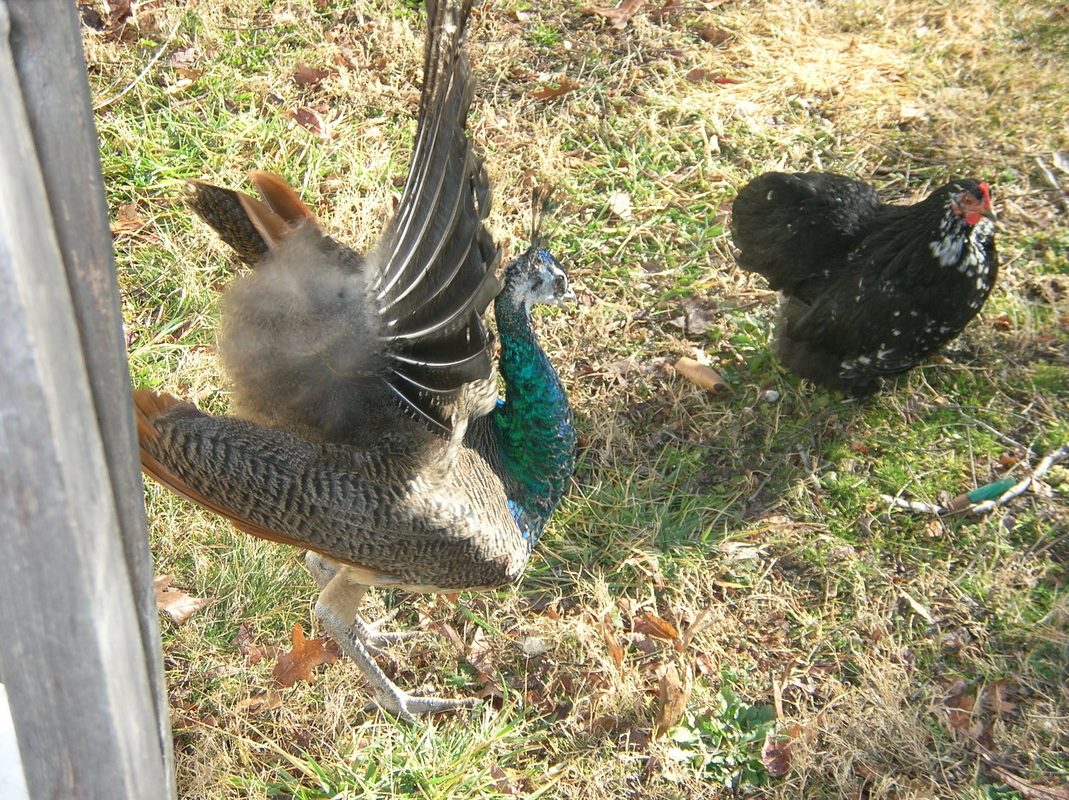
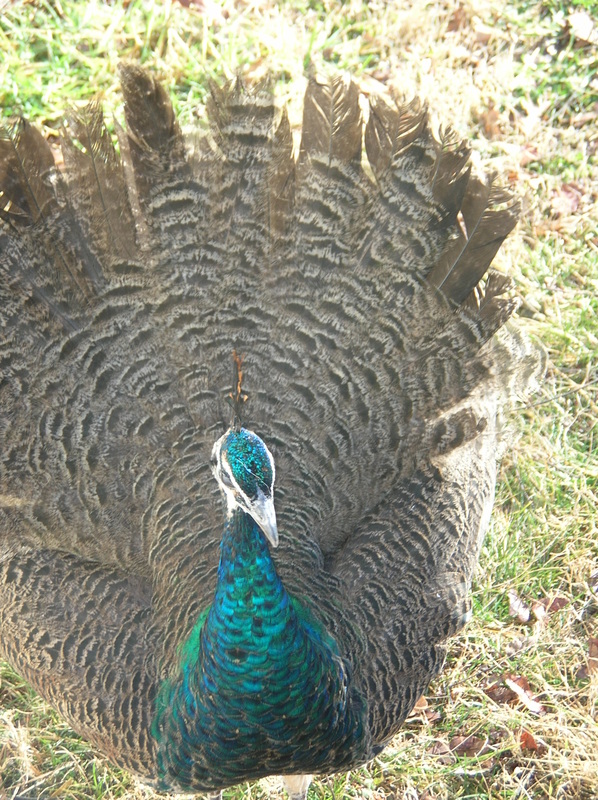
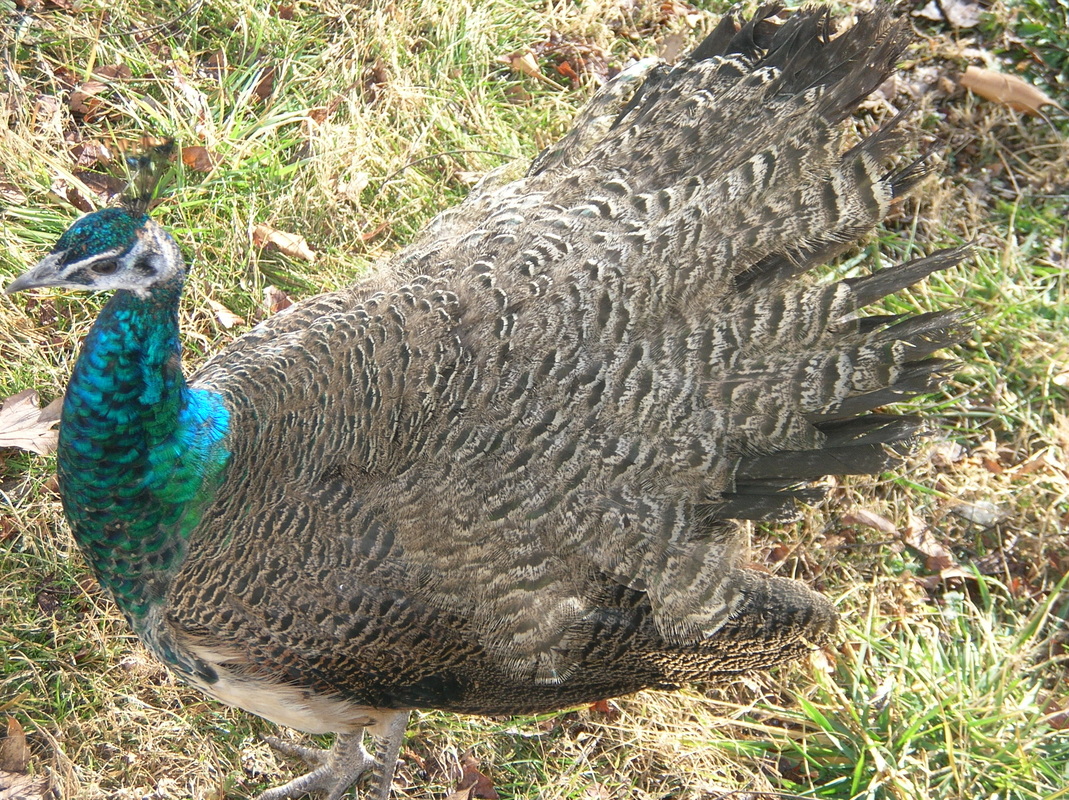
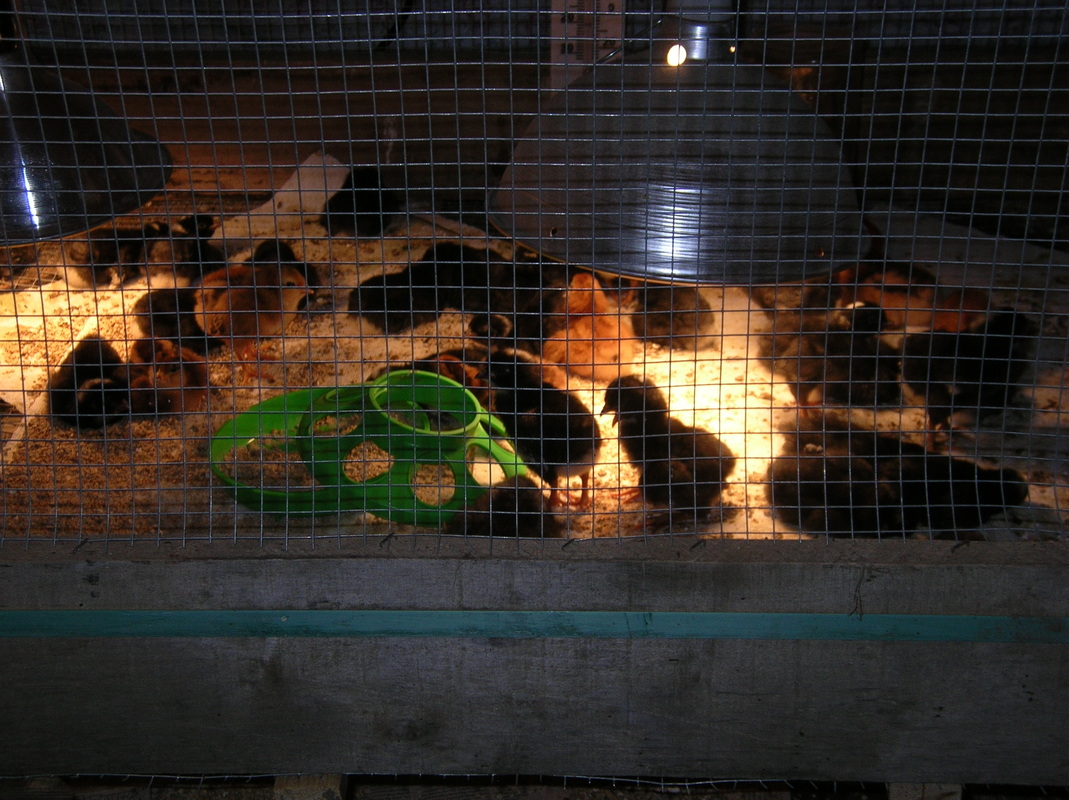
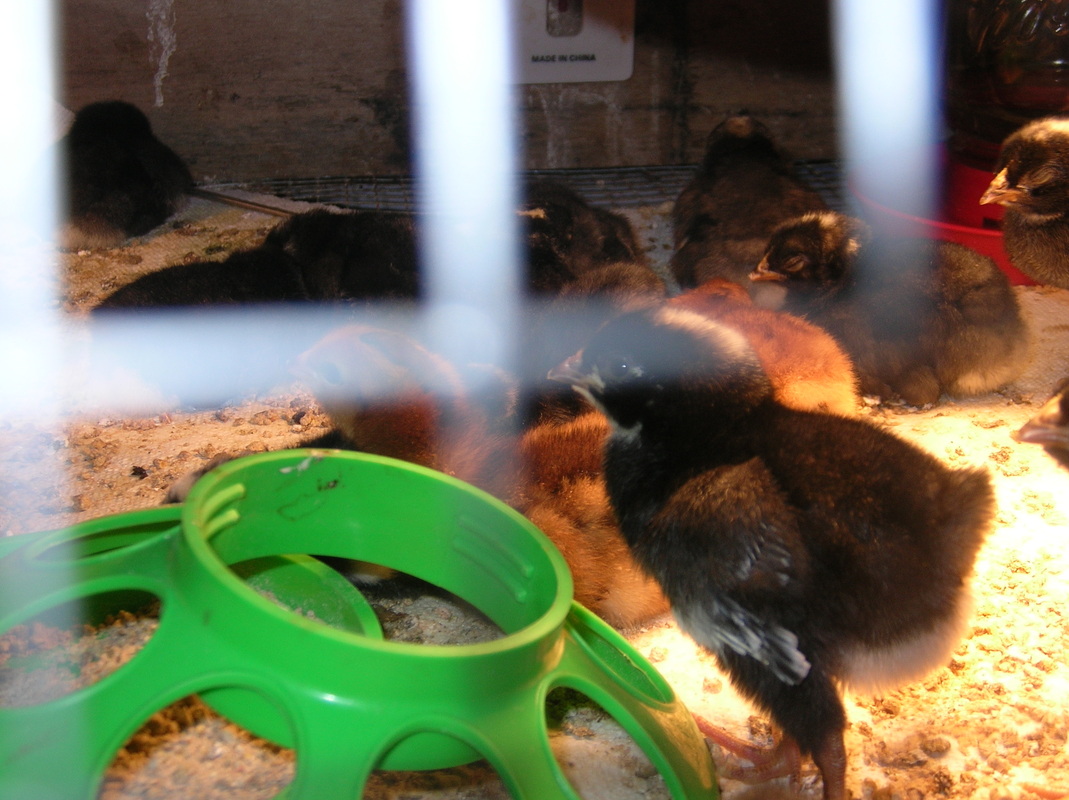
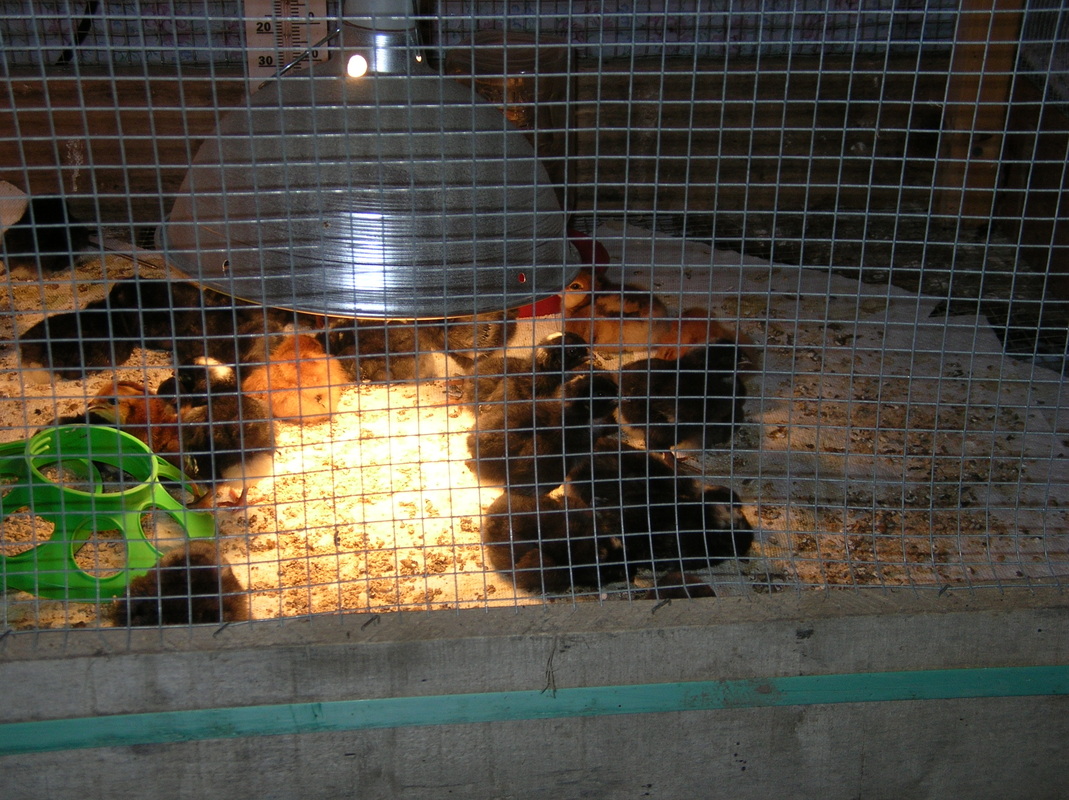
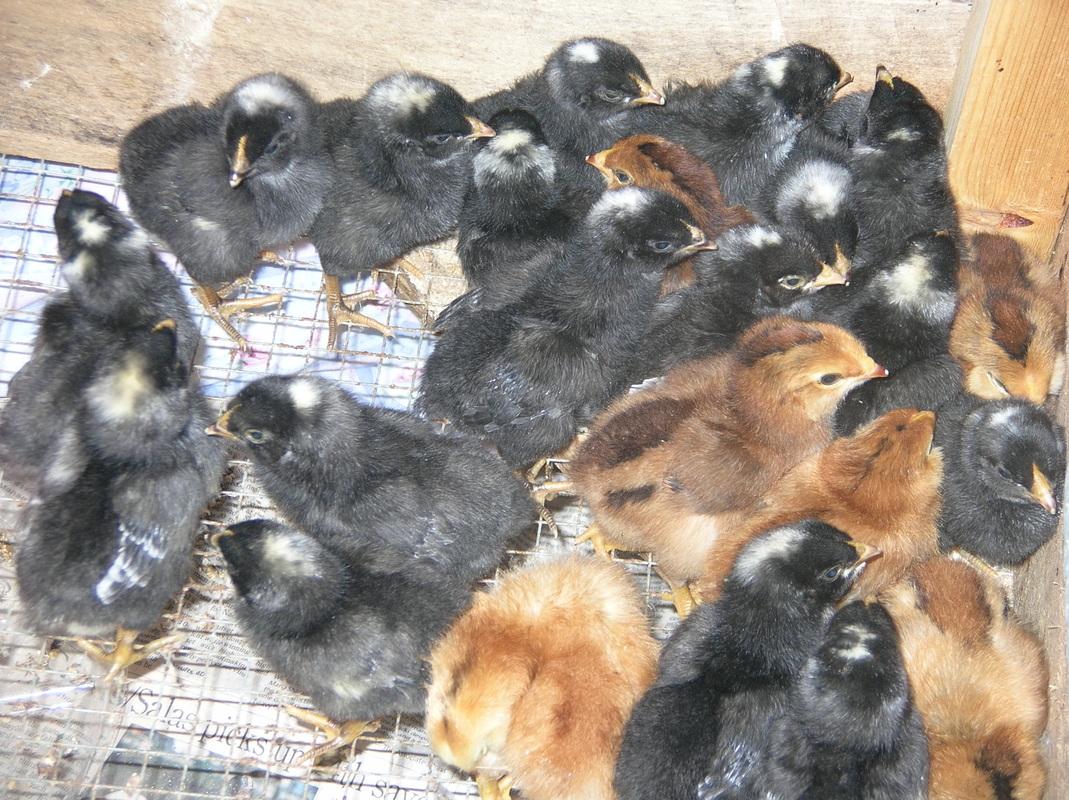
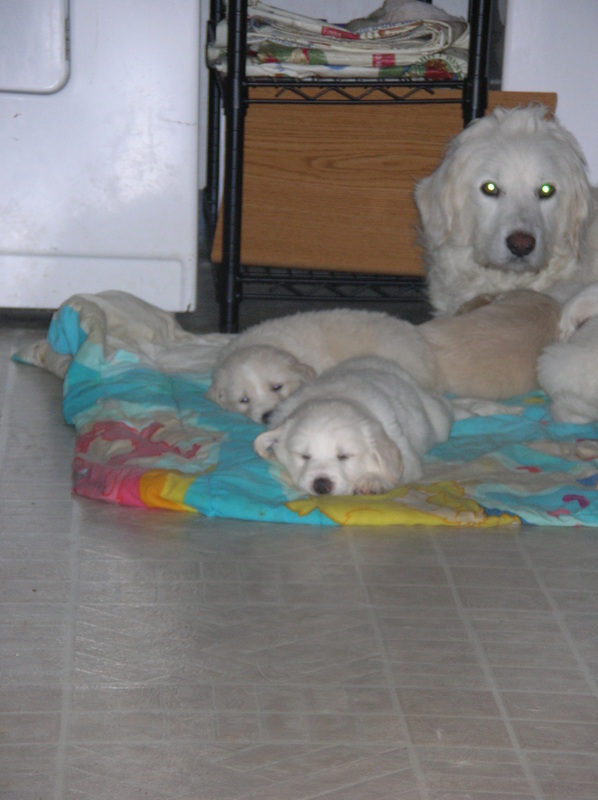
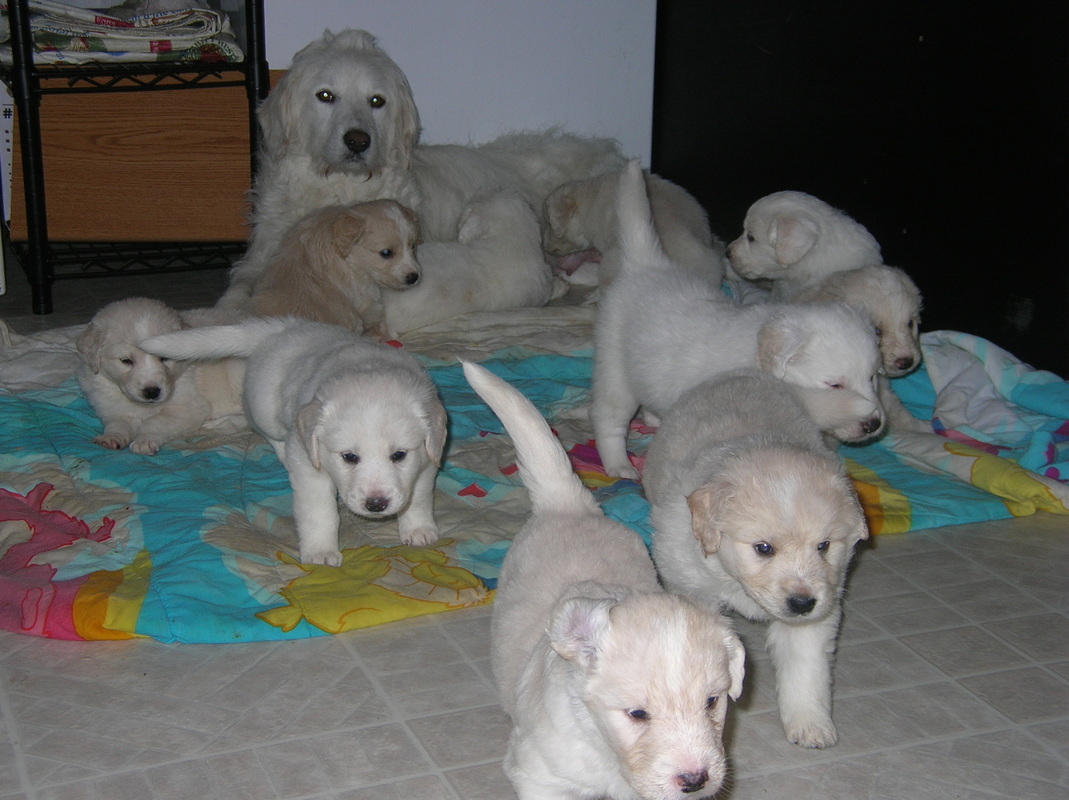
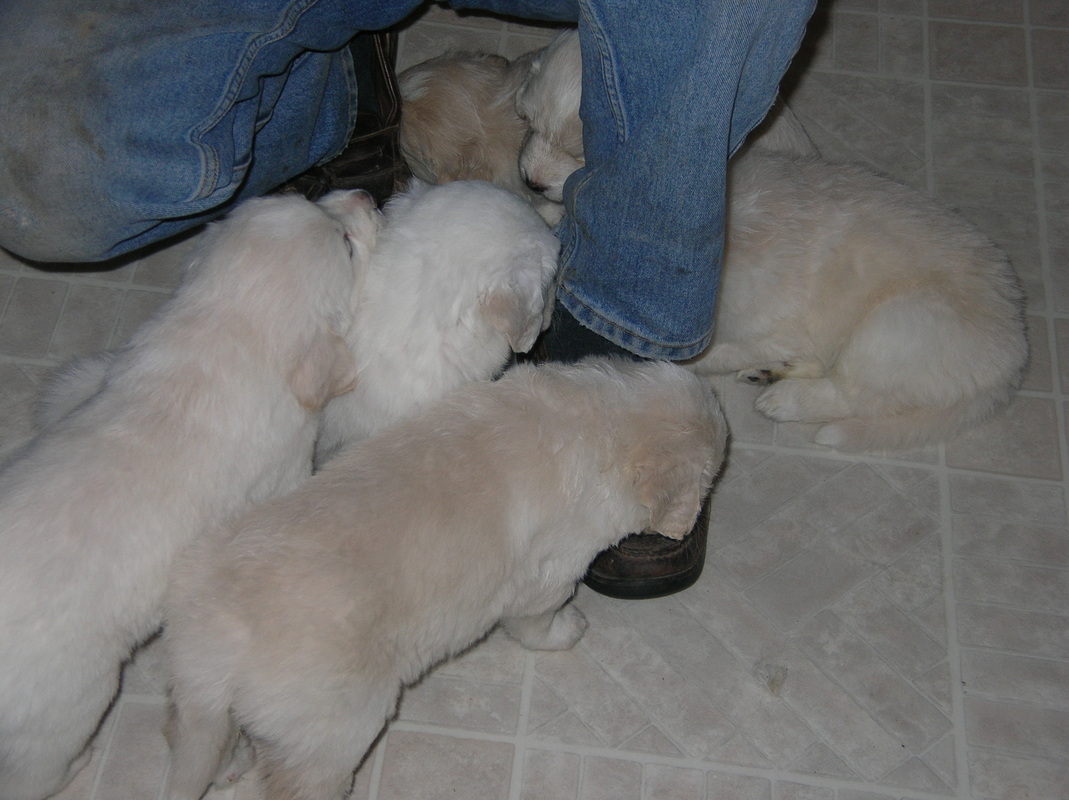
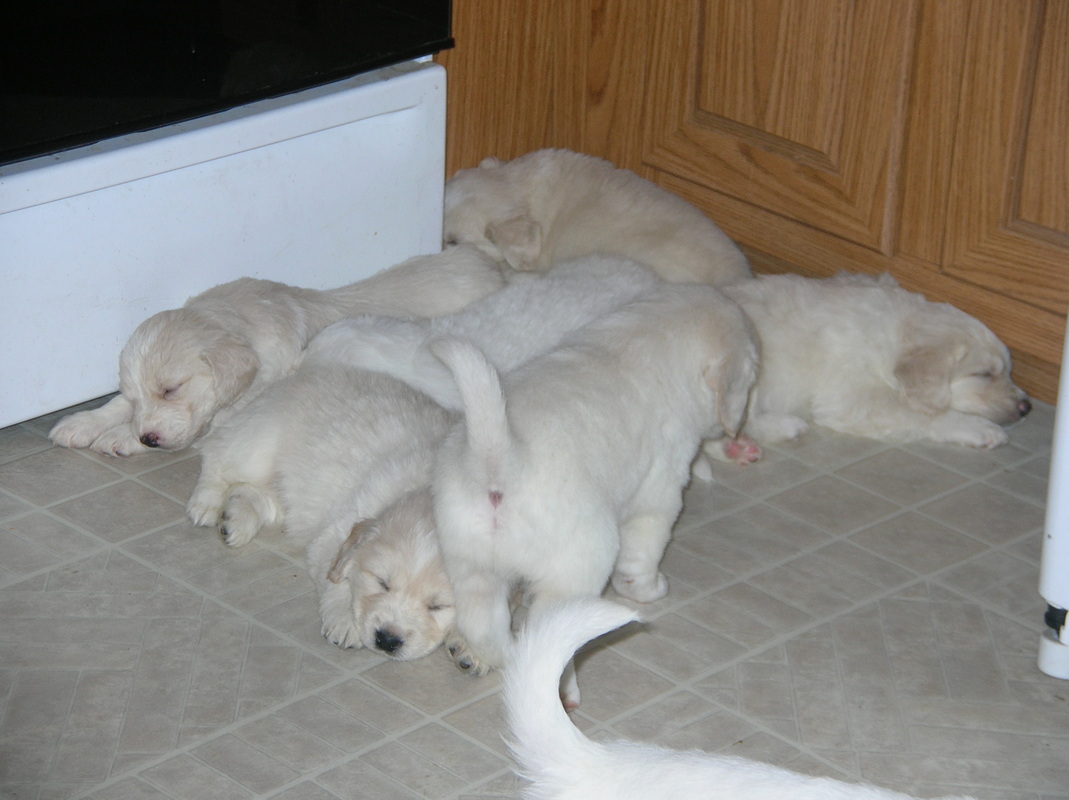
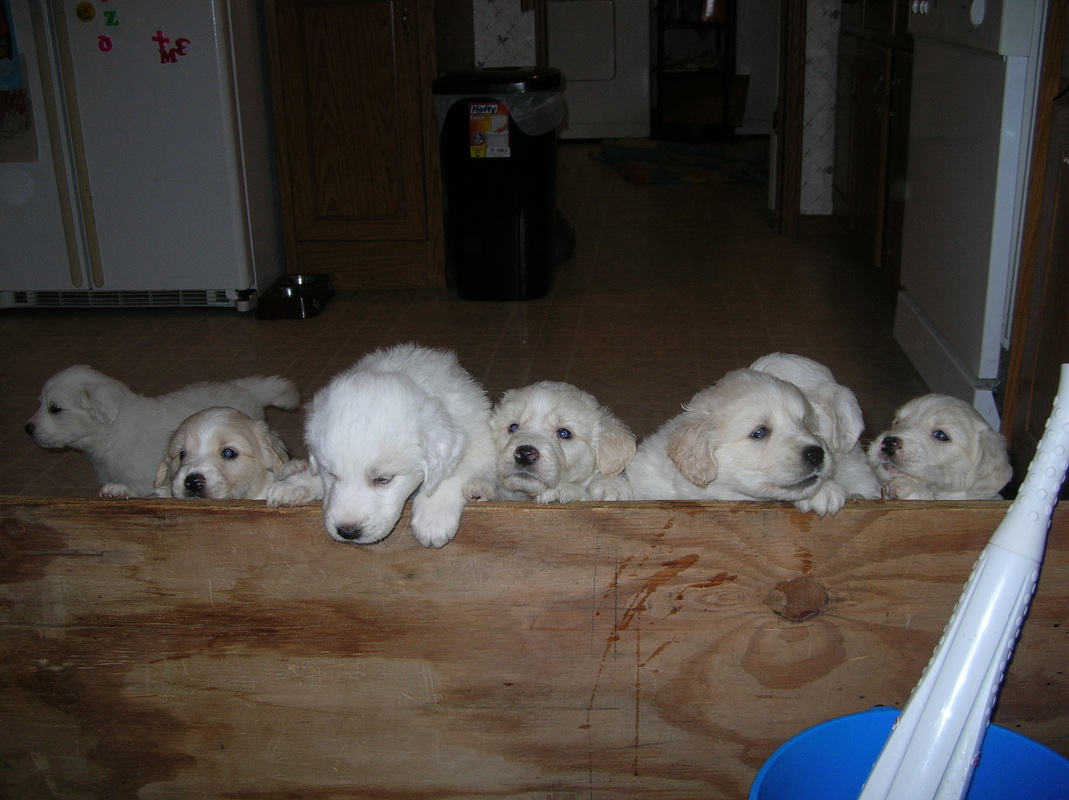
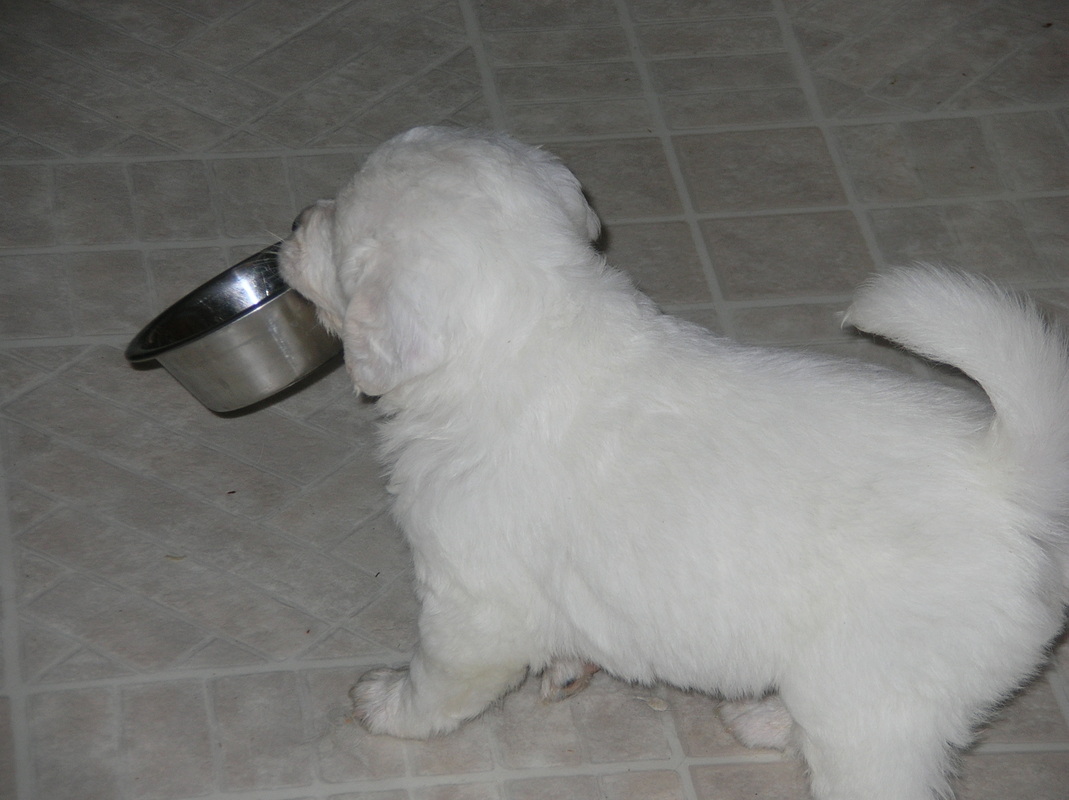
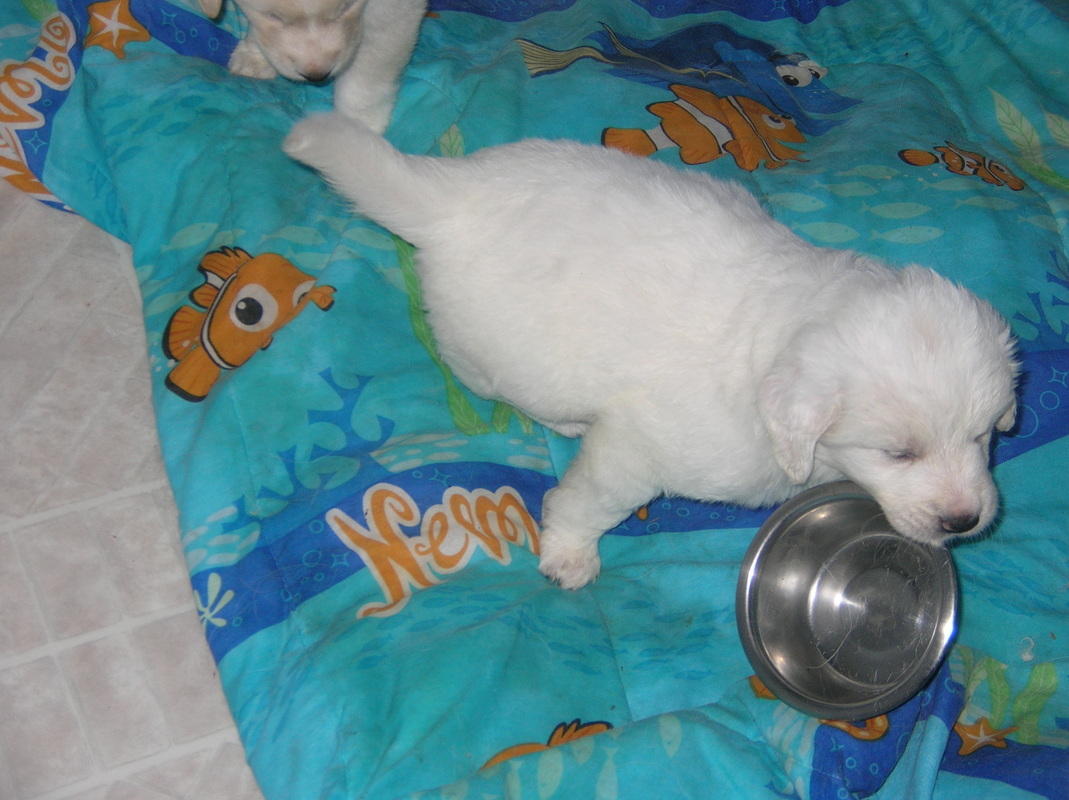
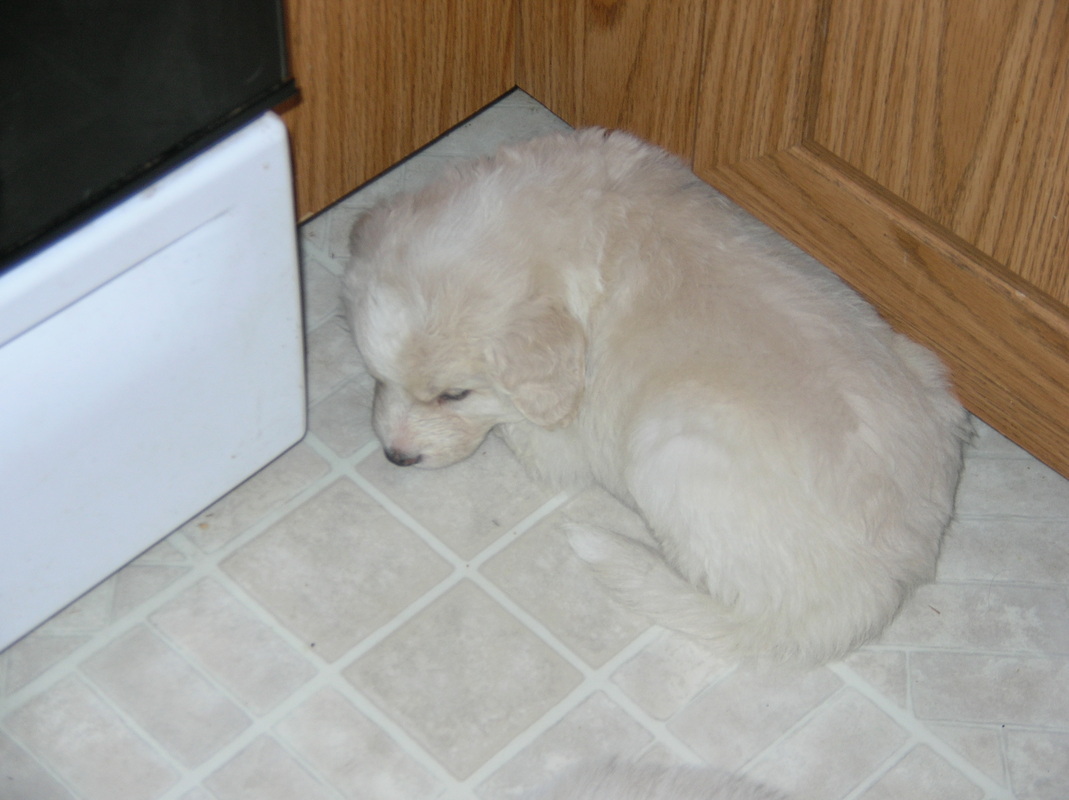
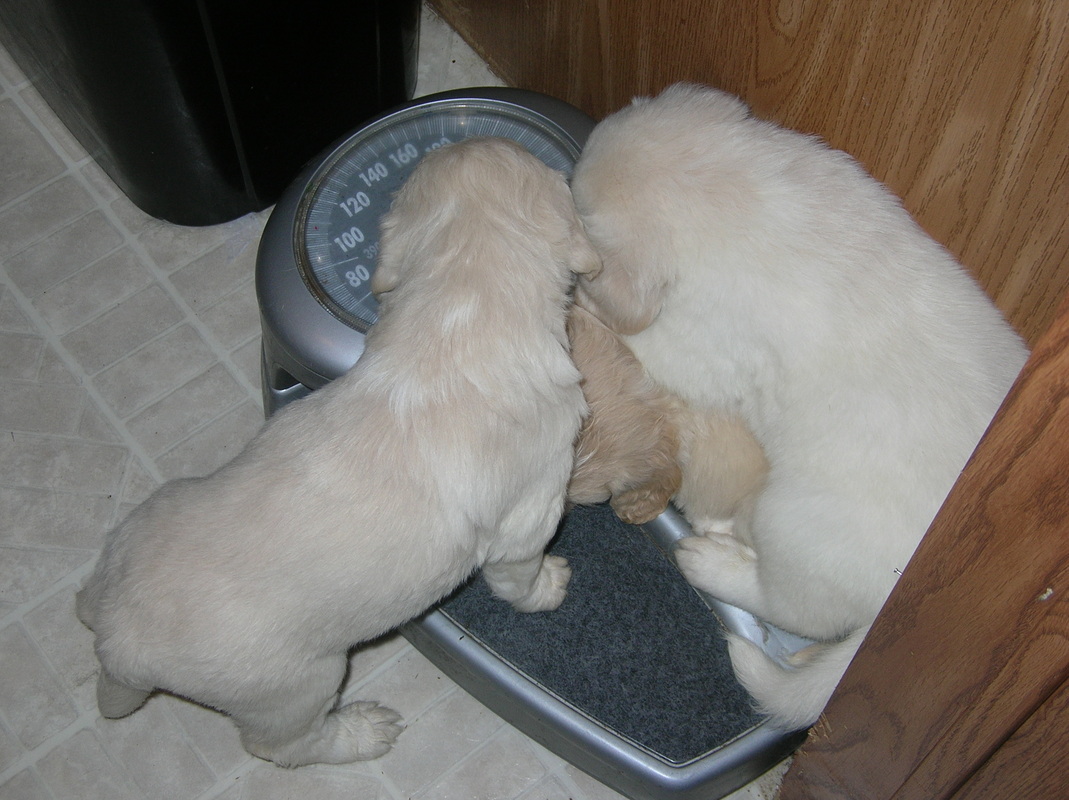
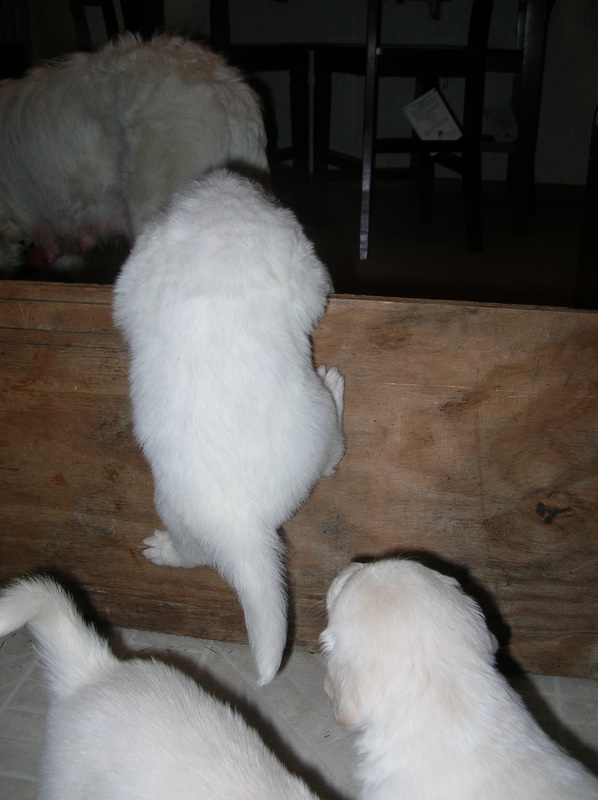
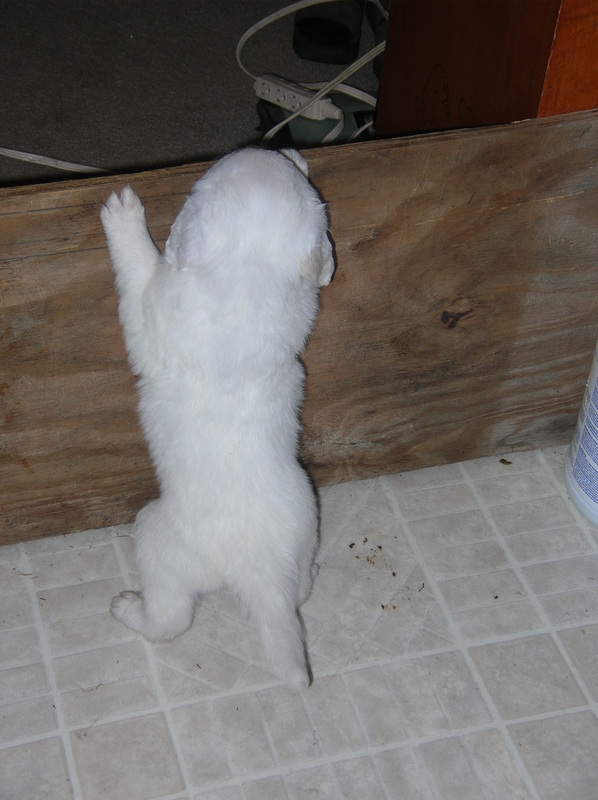
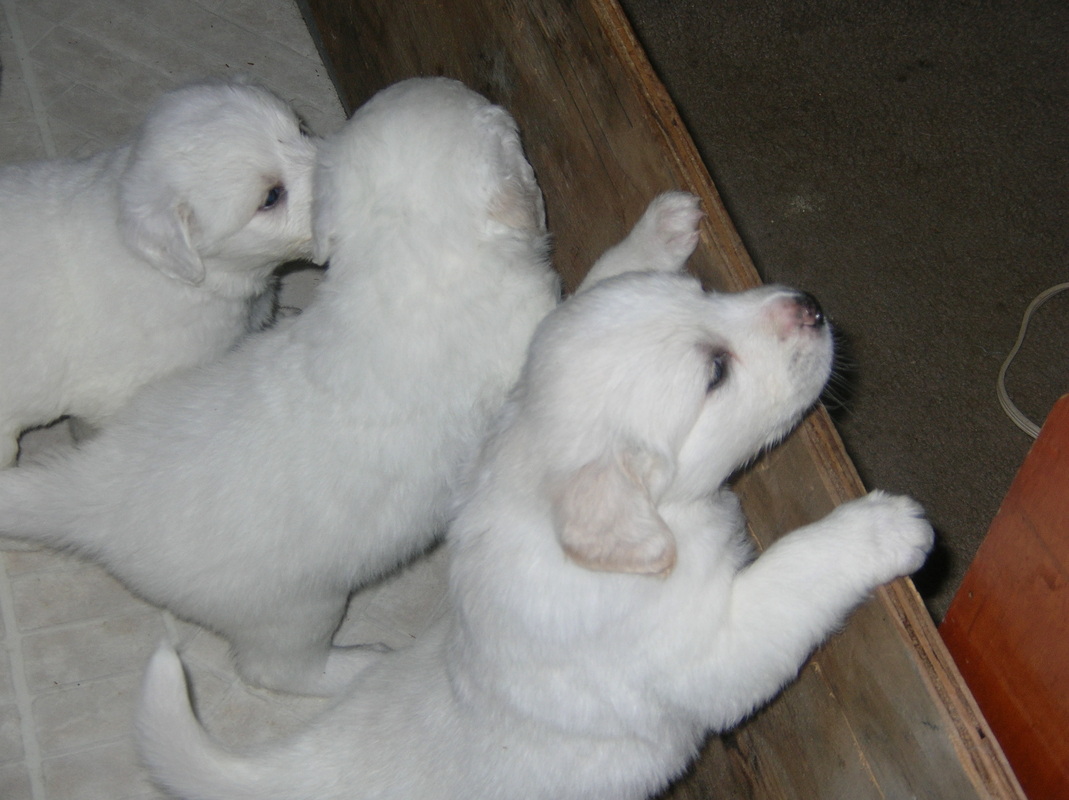
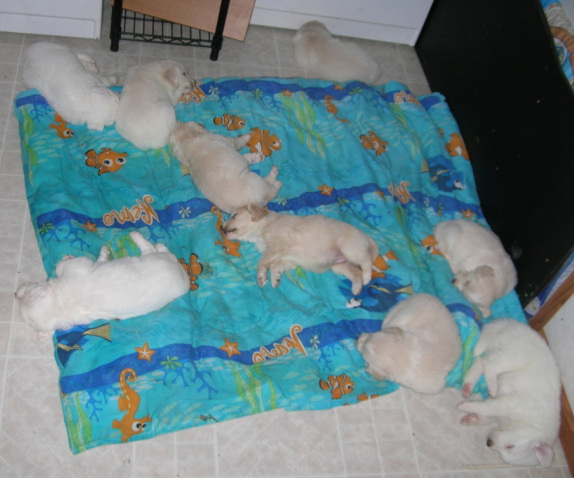
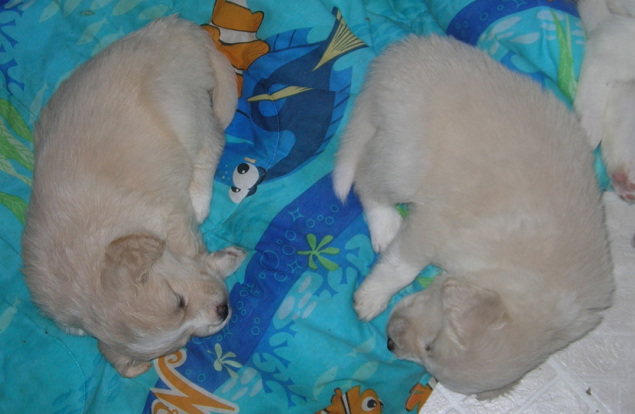
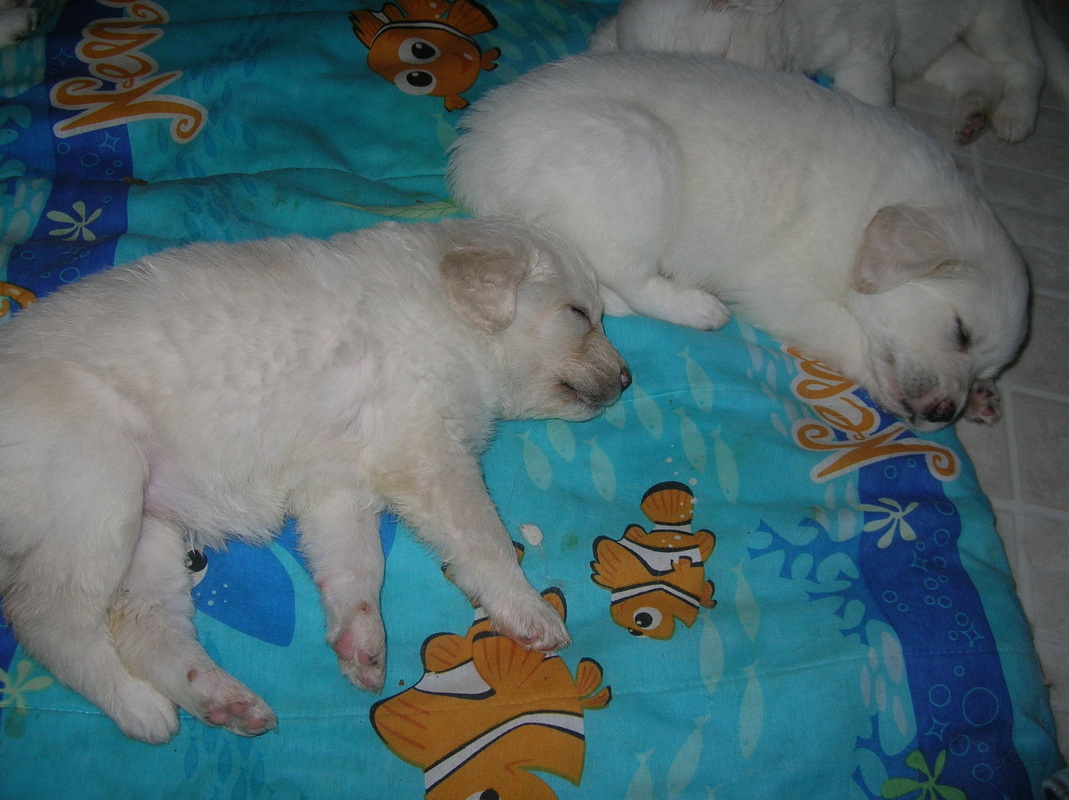
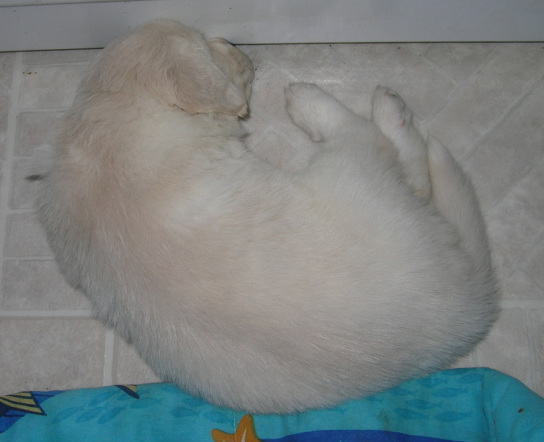
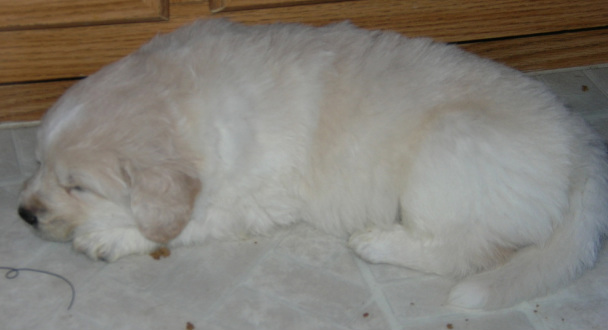
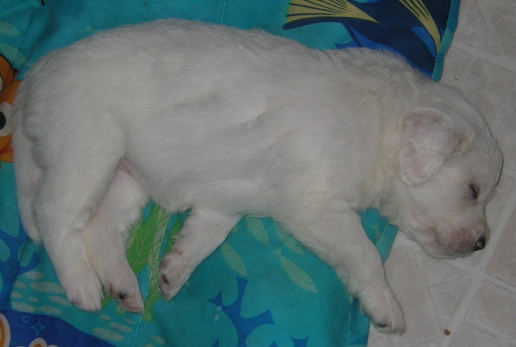
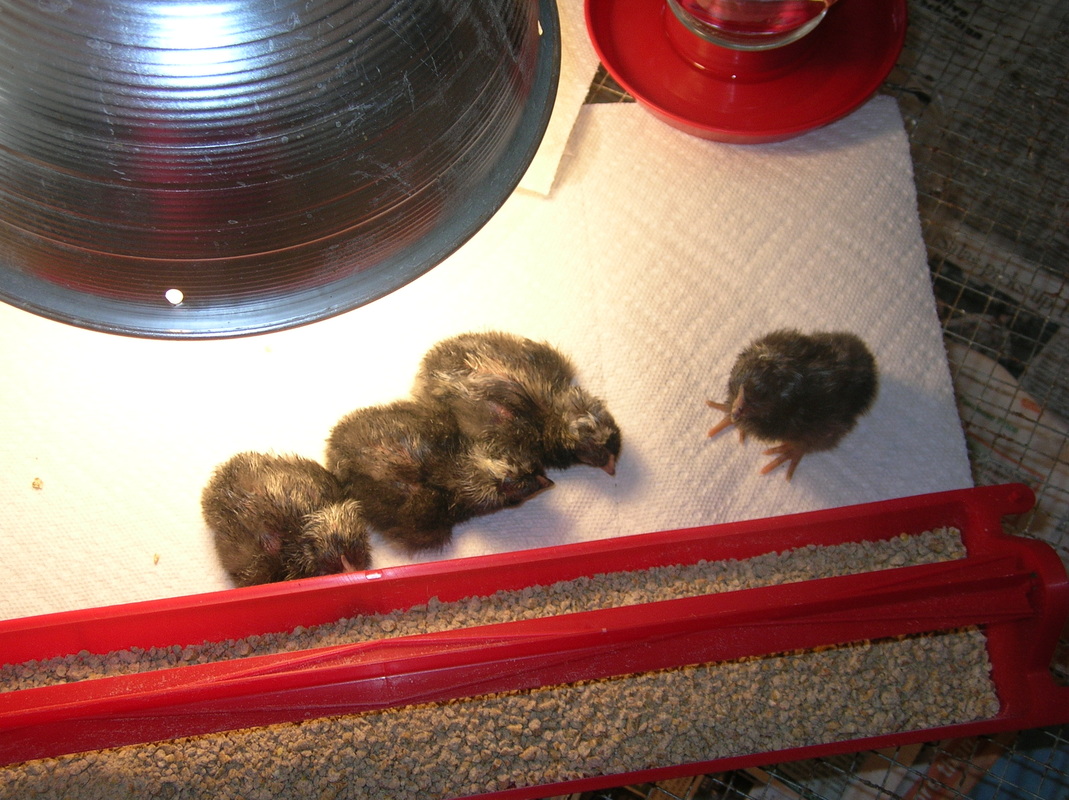
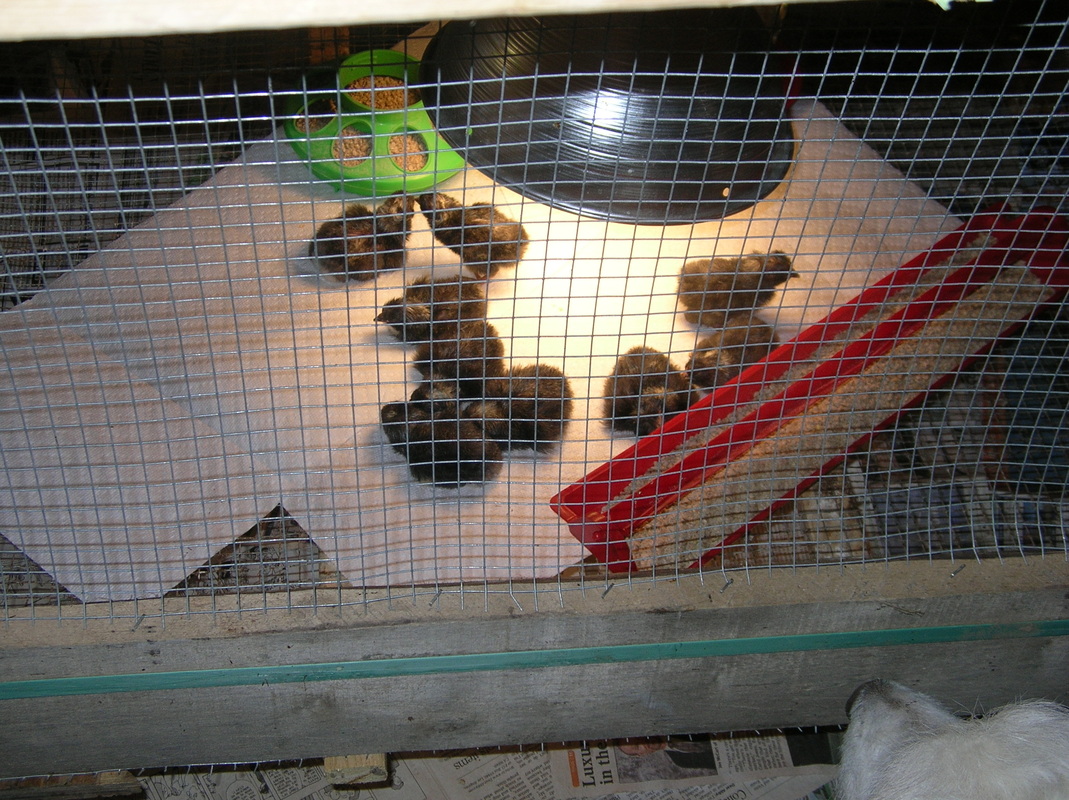
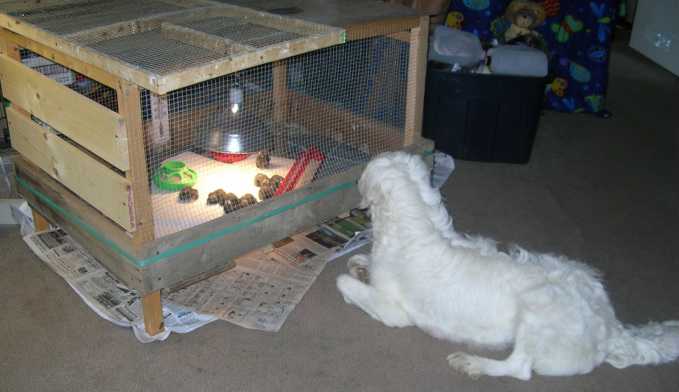
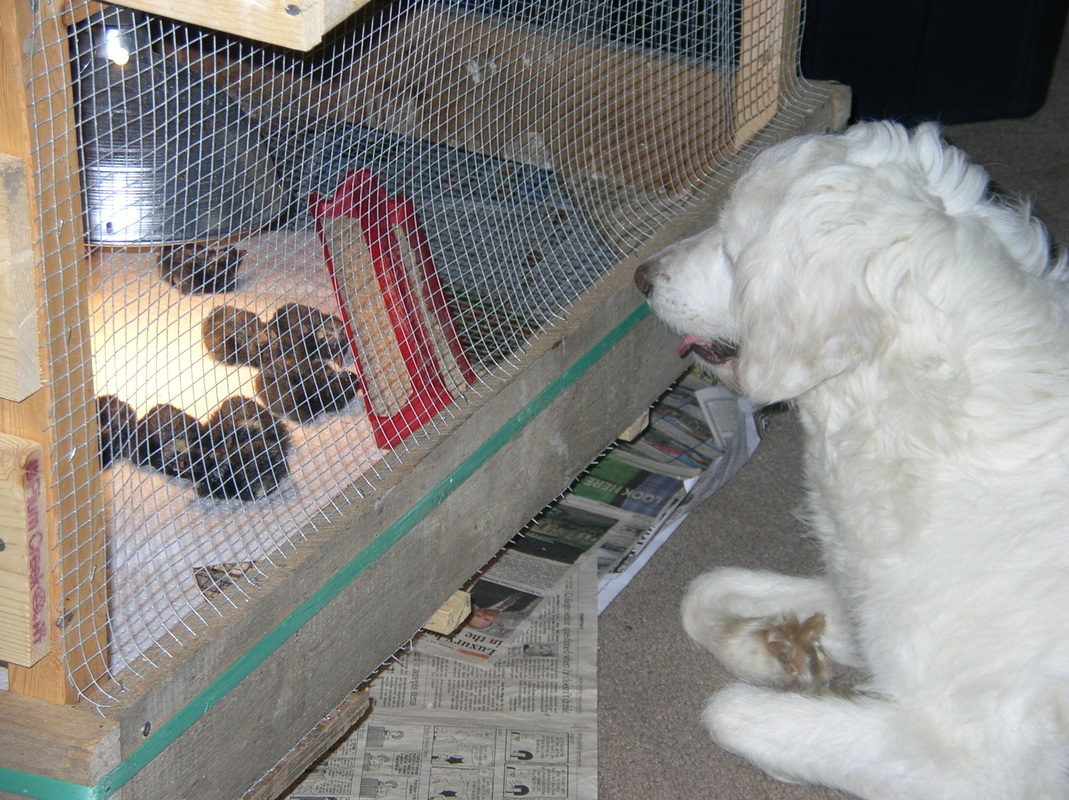
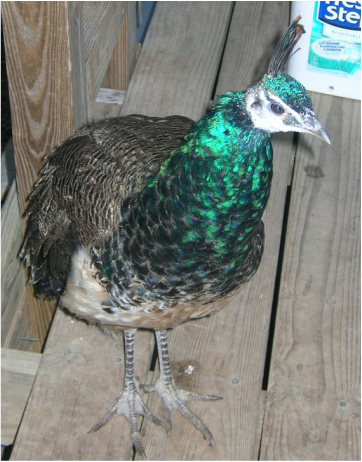
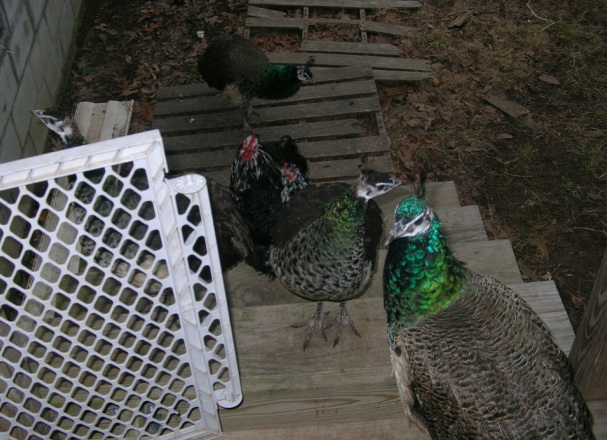
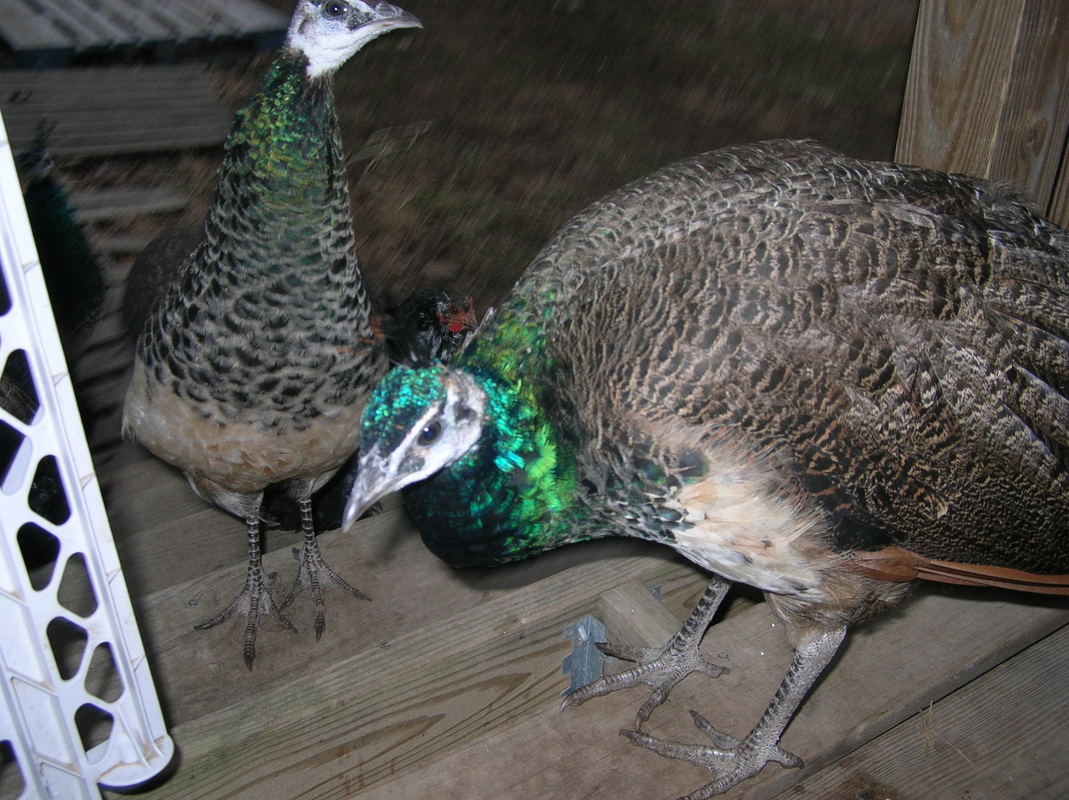
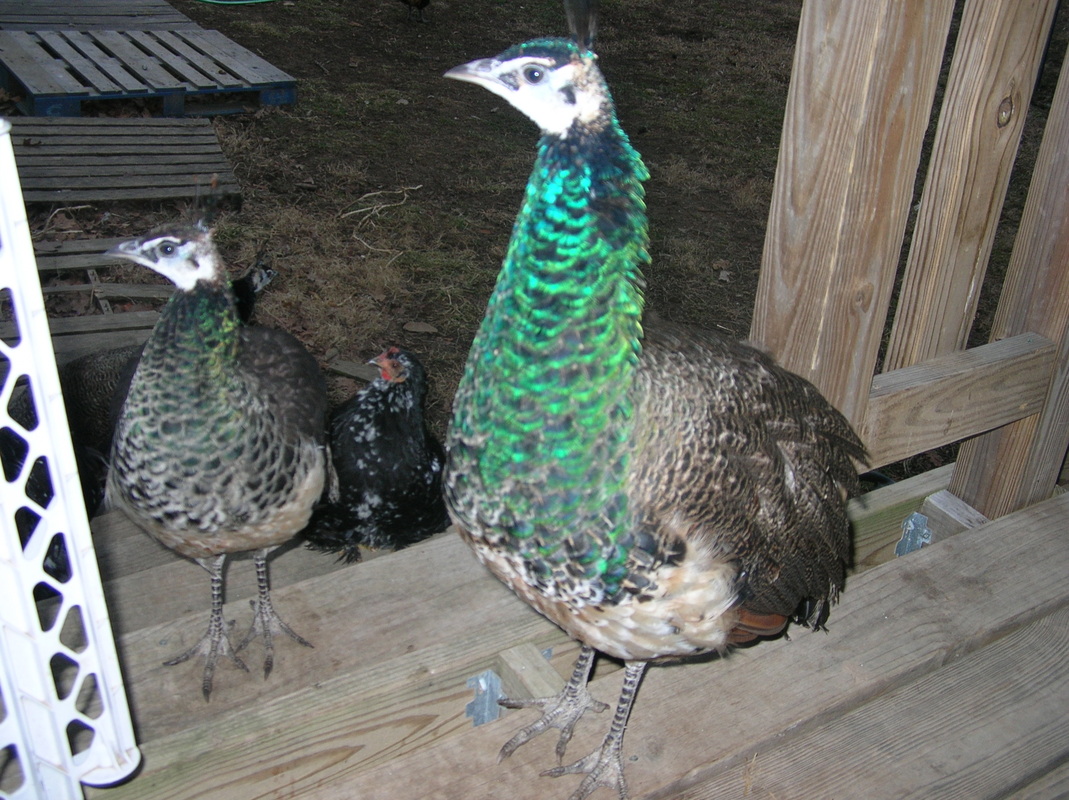
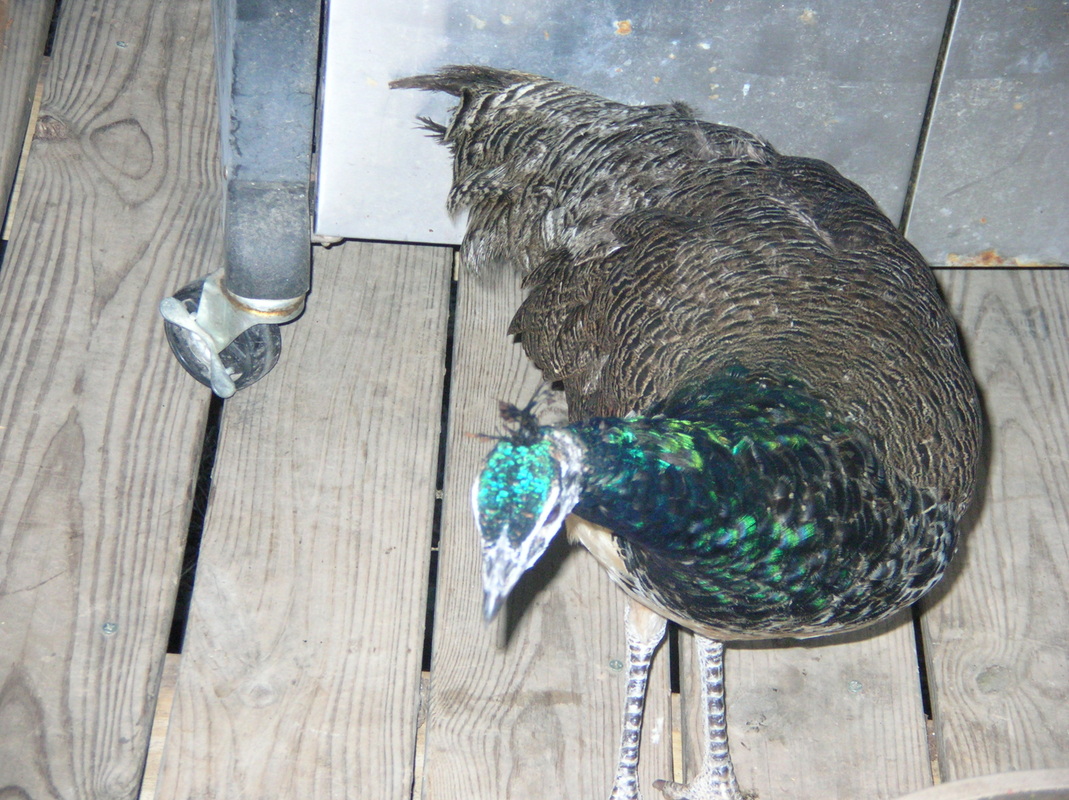
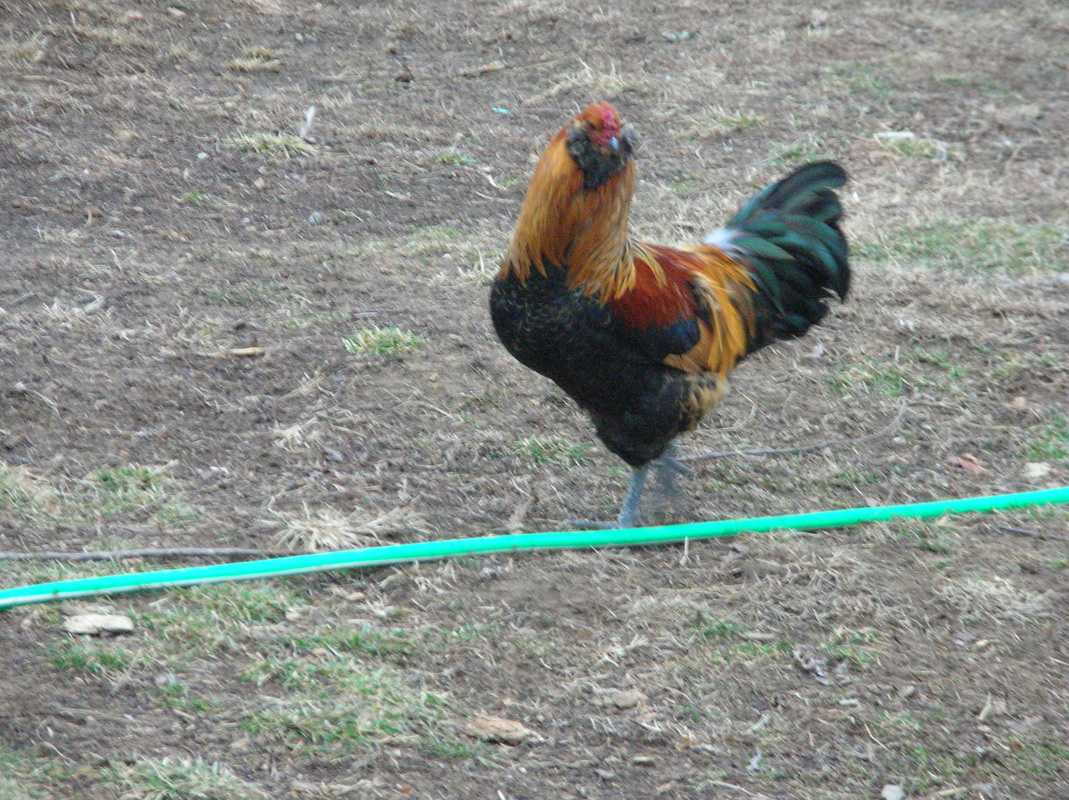
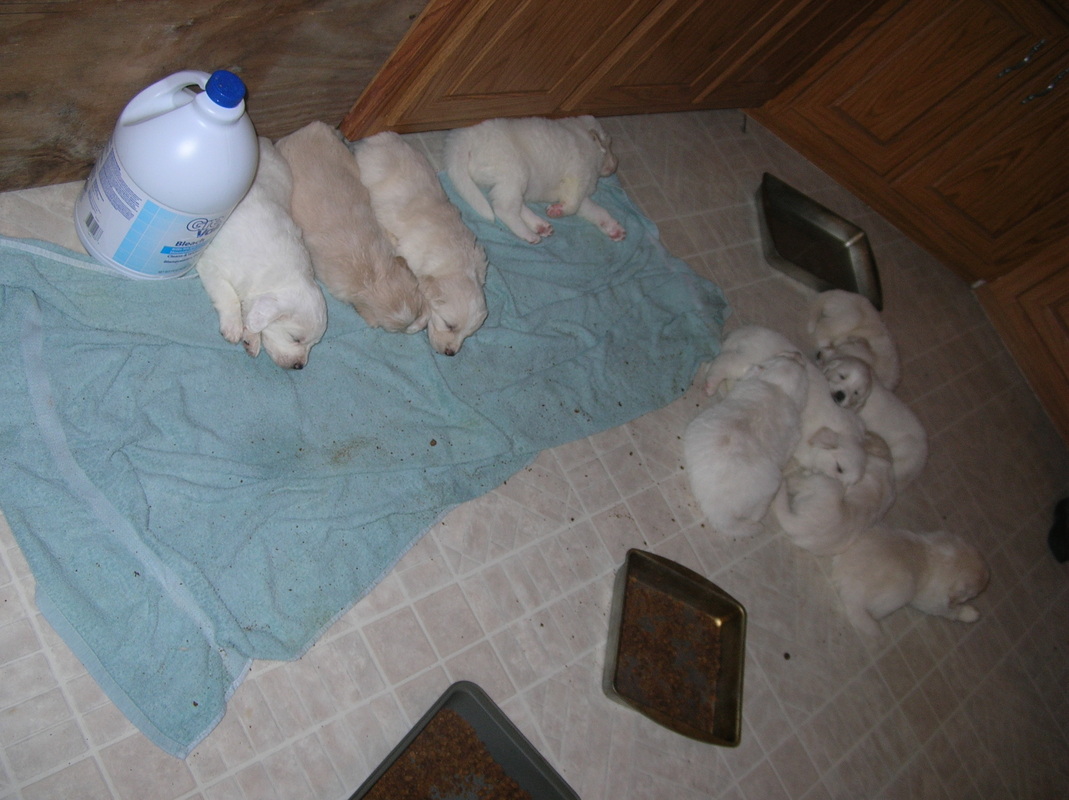
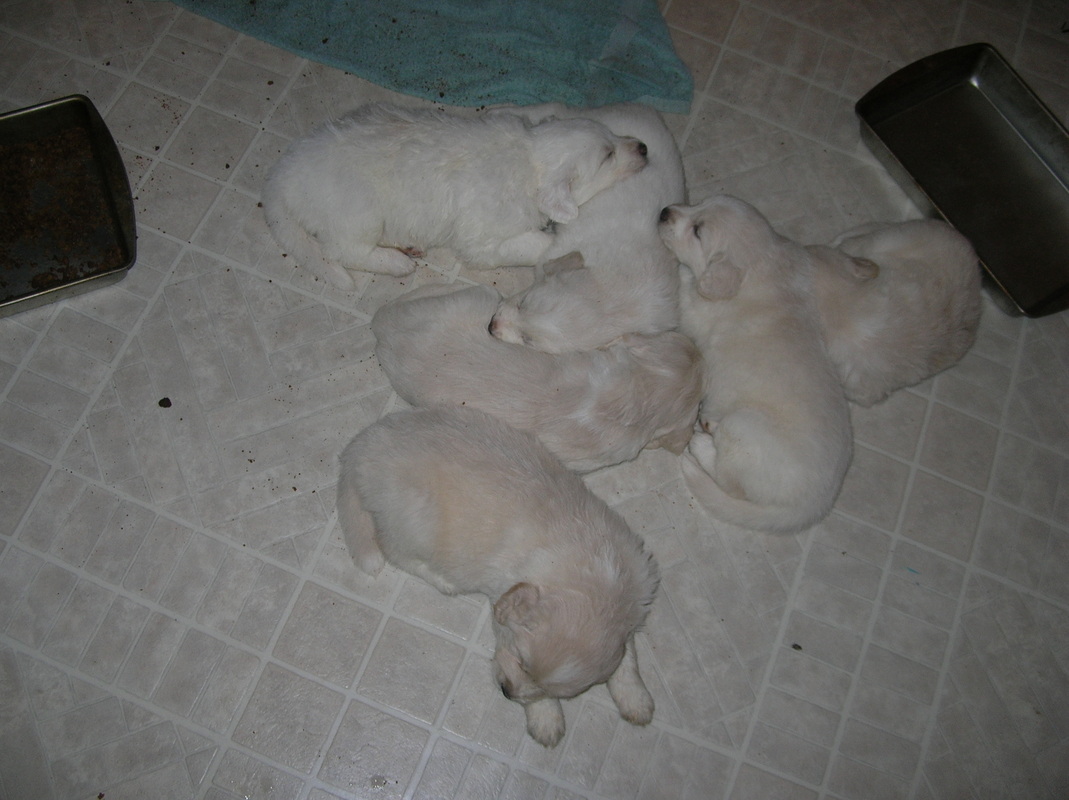
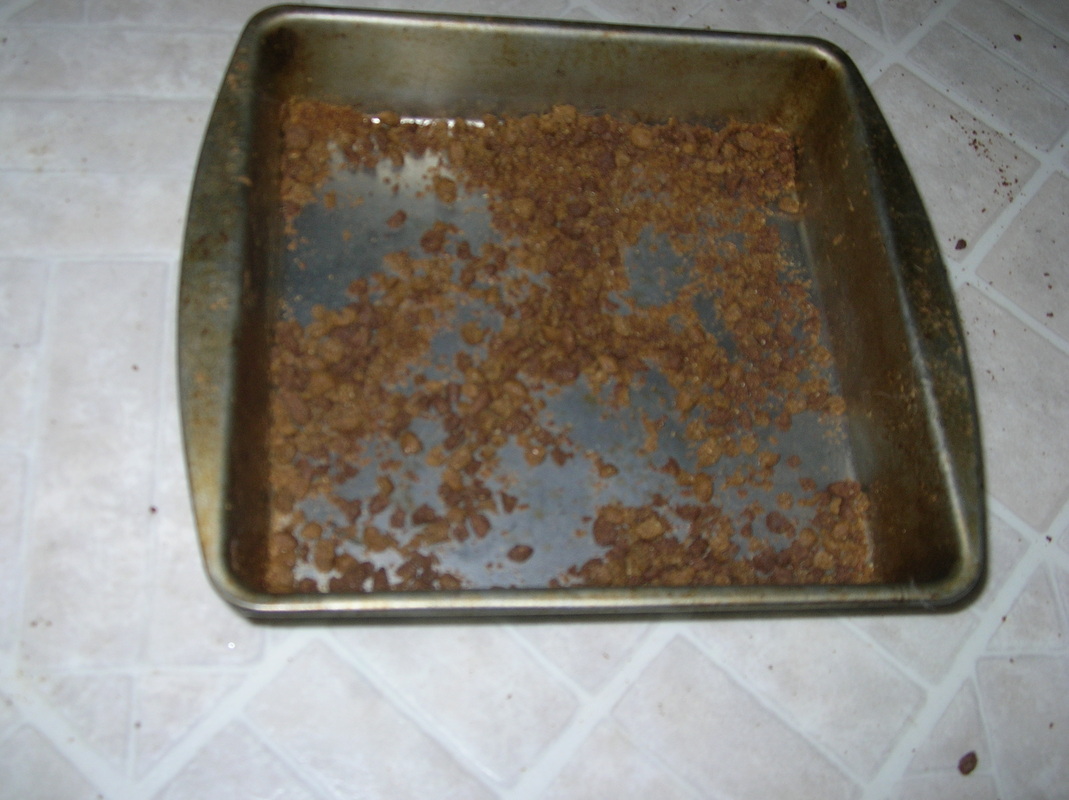
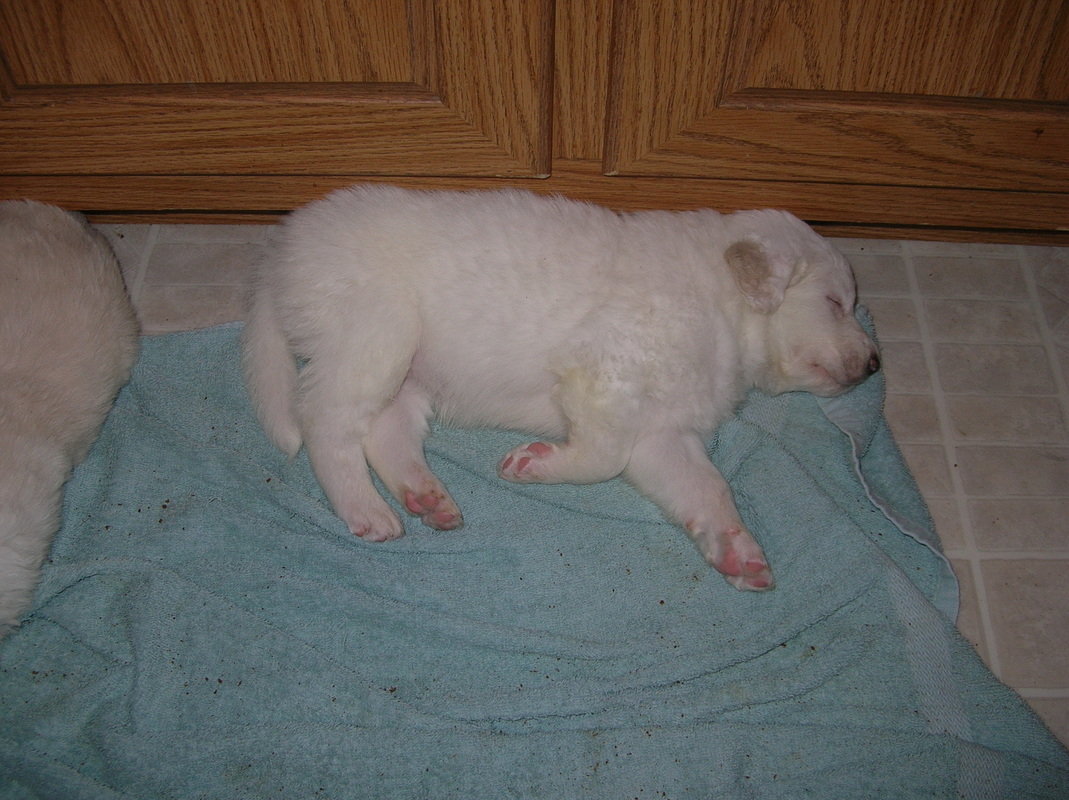
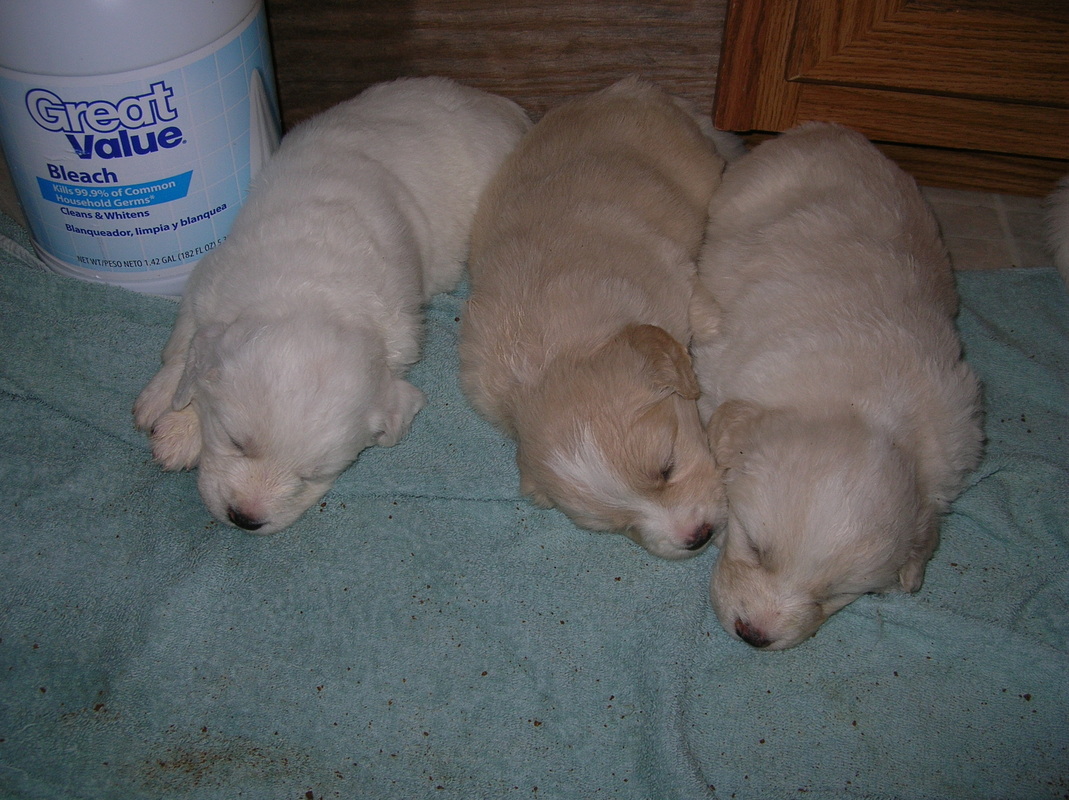
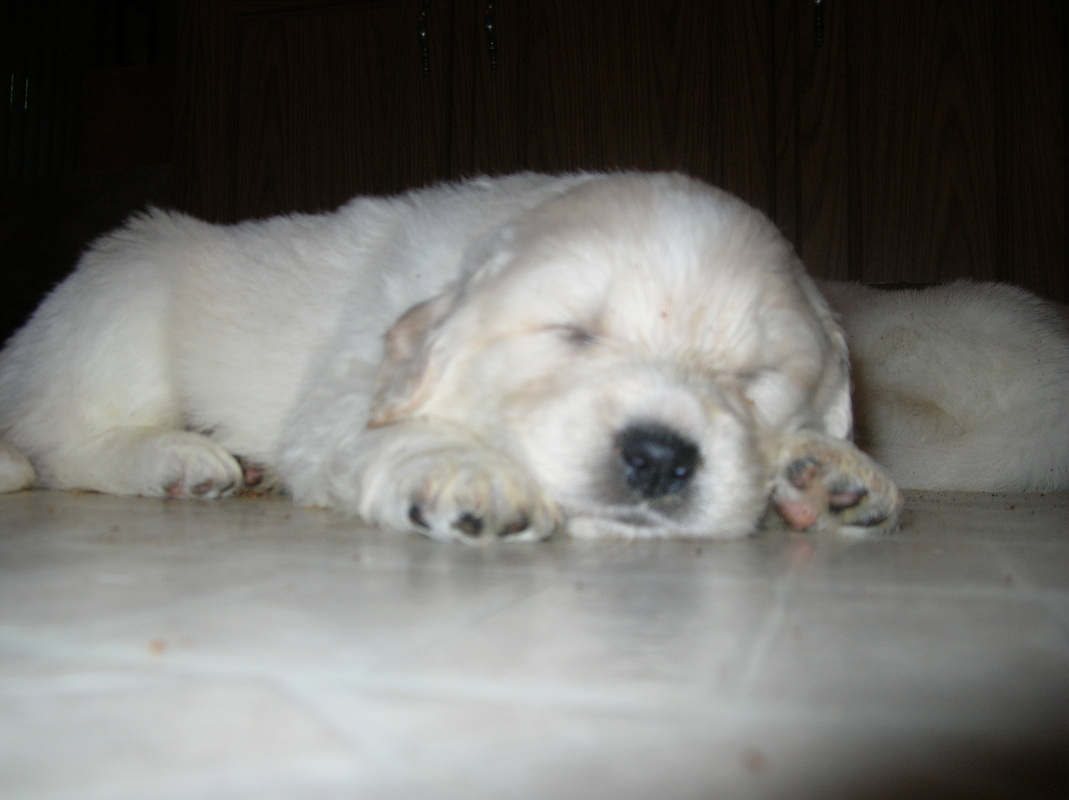
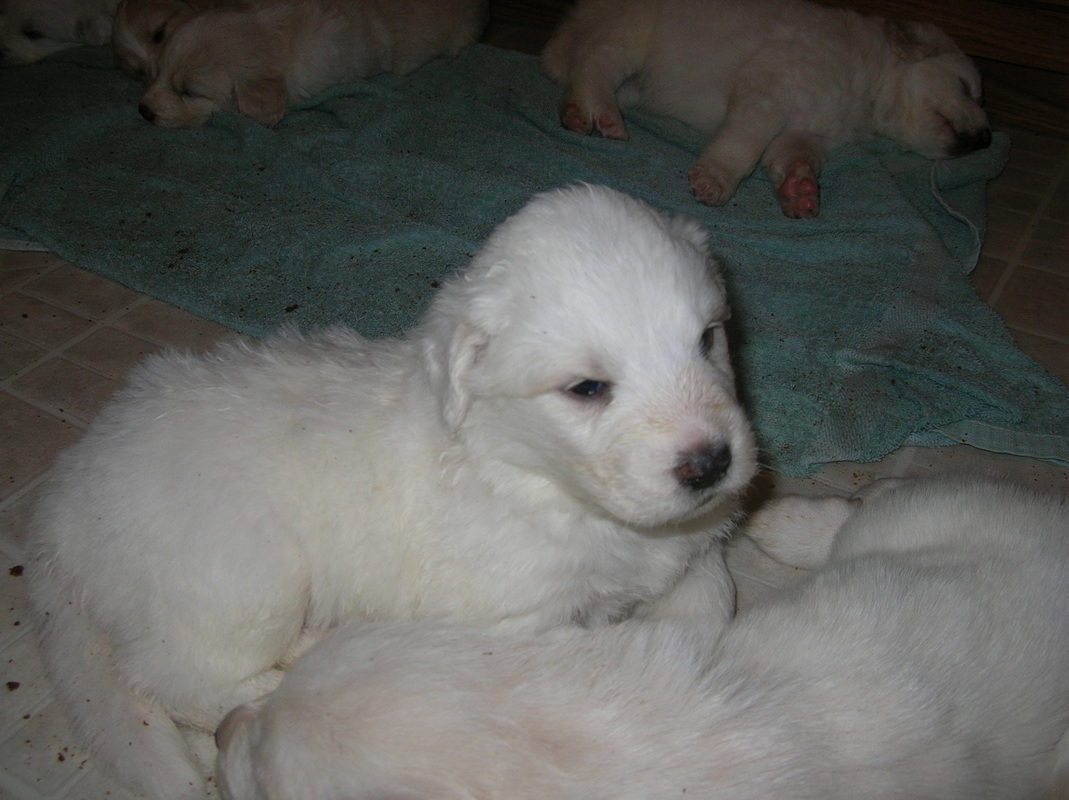
 RSS Feed
RSS Feed